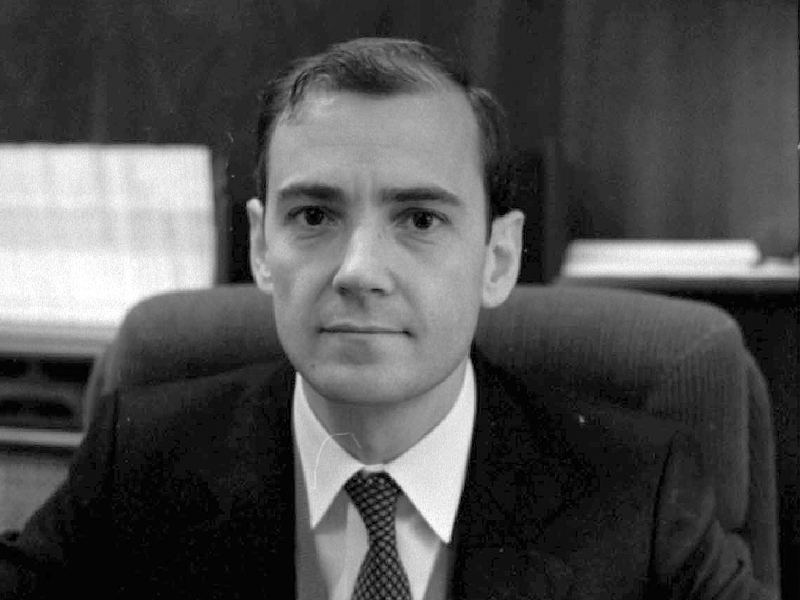Our history
More than 60 years training communication professionals
The School of Communication of the University of Navarra was the first Spanish centre to teach Journalism and Communication at university level. The initiative came from Saint Josemaría Escrivá de Balaguer who, from a young age, understood the importance of the informative task.
Throughout its 60 years of existence, School has witnessed numerous milestones that have reinforced a way of being and understanding communication.
-
1958
high school of Journalism
The high school of Journalism (today School of Communications) was born in 1958. 19 men and 5 women, from 12 countries, formed the first graduating class. Classes were held at the Chamber of Deputies. In 1962 the Ministry of Information officially recognized its programs of study.

-
1960
"essay"
In 1960, "essay" was born, an internship newspaper of the Estudio General de Navarra. Students of high school of Journalism formed editorial staffs that took turns to edit each issue. It was printed fortnightly in the workshops of "Diario de Navarra".

-
1963
Central Building
In 1963, the Journalism students moved from the Chamber of Deputies to Central Building, still under construction. The basement housed the Office of the Dean of the School until the Sciences Building Social was built in 1996.
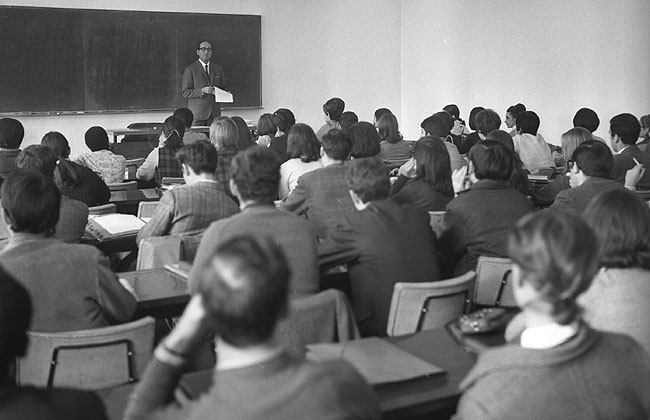
-
1964
Radio studio
In the summer of 1964, the radio studio of the then high school of Journalism was set up in two rooms next to classroom 38 at Central Building. The technical equipment was fully professional, even advanced for its time.
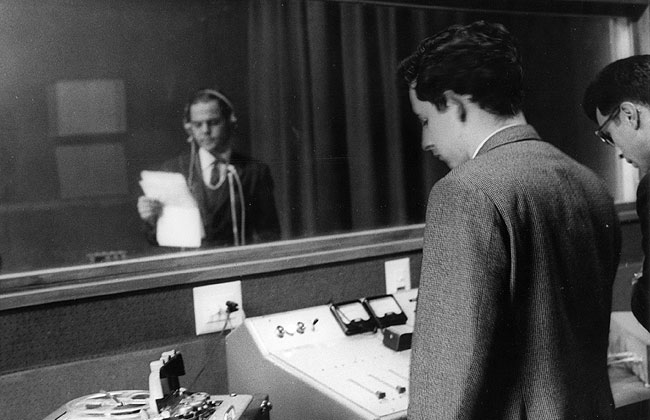
-
1971
School
In 1971 the high school of Journalism became School. It was also when the "Director" sign on the door of Alfonso Nieto's office was replaced by another that read "Dean".
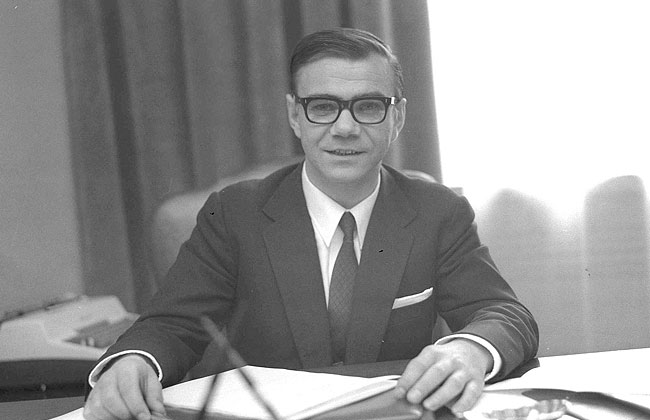
-
1972
Television studio
In the 1960s, the Journalism high school already had cameras for classes and practices. But it was in 1972 when the first television studio of the School began to operate in the "Journalism tower", above the radio programs of study , in the Central.
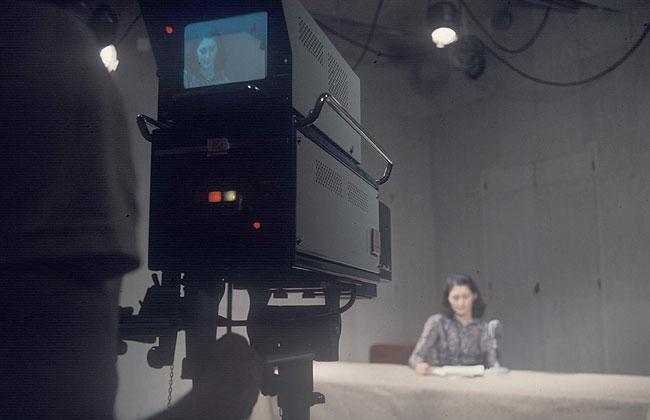
-
1972
PGLA
The School, under the sponsorship of the German foundation Aktion Adveniat from financial aid to development, launched the Program for Latin American Graduates (PGLA) in 1972. Up to 1980, 400 professionals from 13 American countries attended the program.
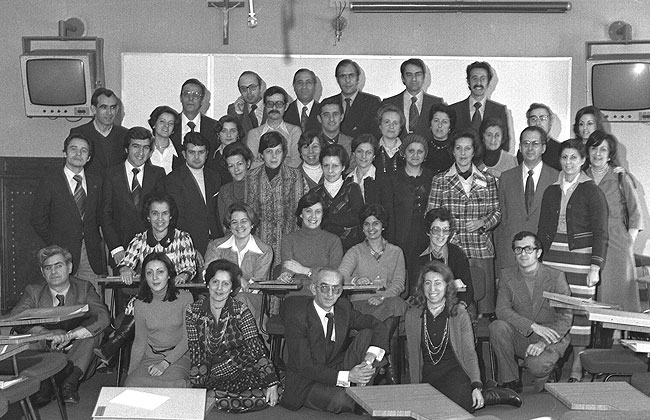
-
1977
department from business Informative
In 1977 the School created the department of business Informative and Information Structure, aimed at bringing together all the teaching and research on the economic and structural aspects related to the media.
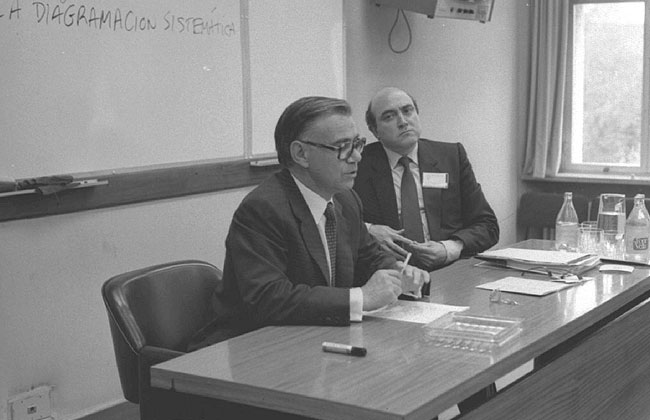
-
1979
First doctor
thesis On March 10, 1979, for the first time in Spain, a doctoral defense of a doctoral thesis in Communication took place. Its author was Ángel Faus, professor of Technology at School, who defended the thesis 'La tecnología en la información televisiva'.
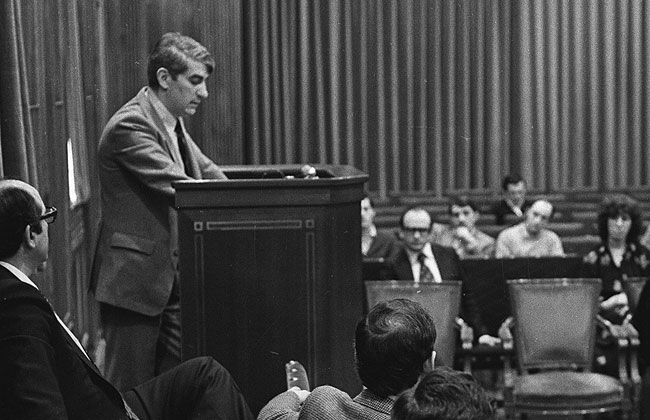
-
1986
CICOM
In November 1986, the first International conference of Information Sciences was held at School , bringing together more than a hundred participants.
In 2002 they changed their name to congress International Communication Sciences (CICOM).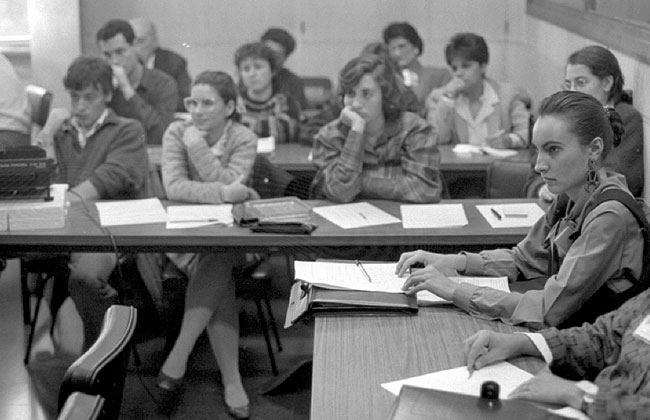
-
1987
seminar of Economic Information
In 1987, seminar de Información Económica was born. Its creation was proposed to School by Juan Pablo Villanueva, Eduardo Ferreira and Luis Infante, who were responsible for the recently launched newspaper "Expansión". Around 300 students have passed through its classrooms.
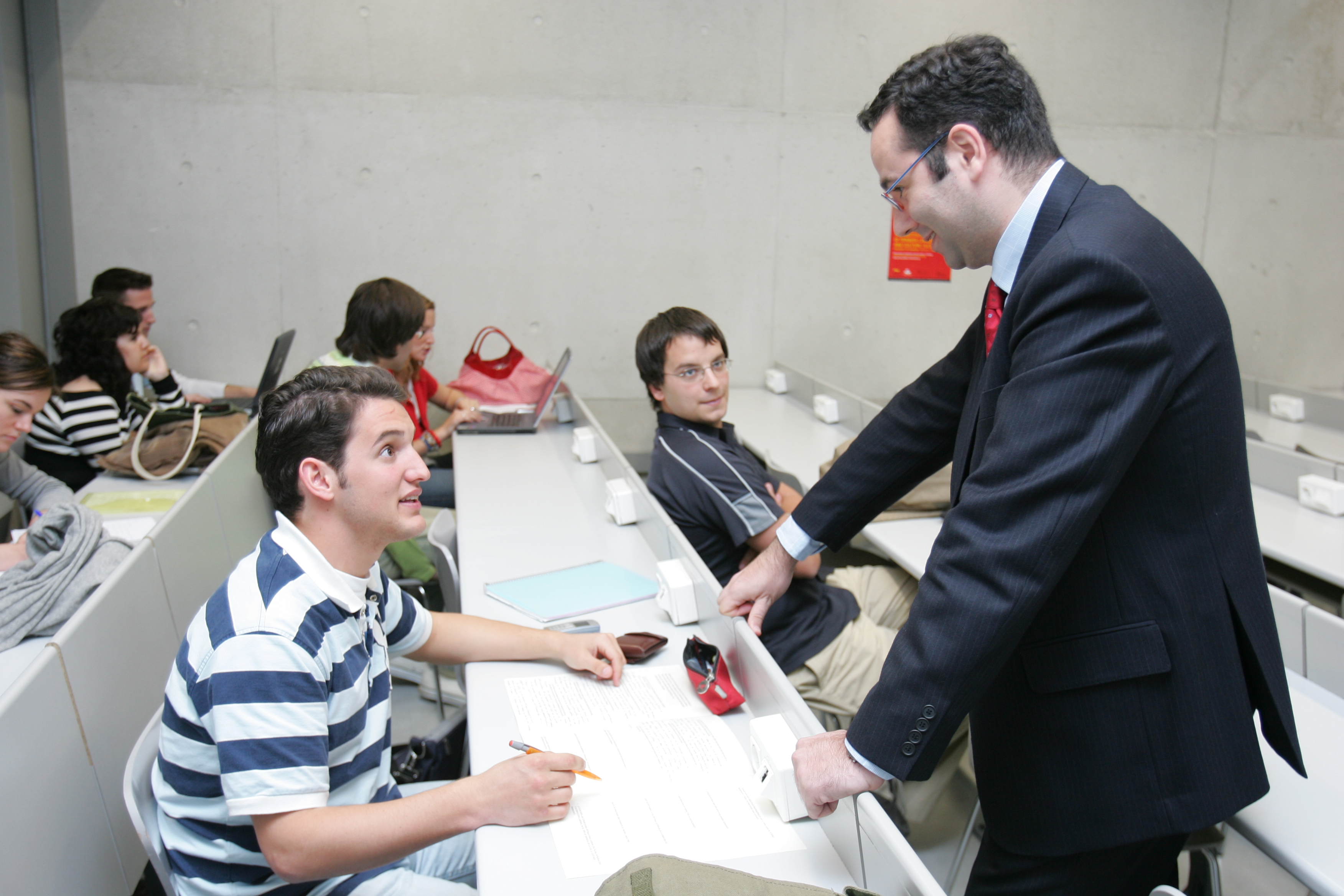
-
1987
SND-E
In March 1987, School hosted the I International seminar on Press, design and Computer Graphics, embryo of what would become the Spanish Chapter of the 'Society for News Design'; and the fuse that ignited the visual revolution of newspapers in Spain.
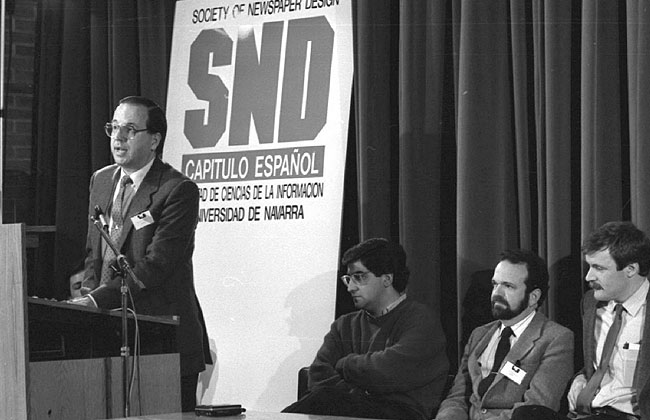
-
1988
Communication & Society
Communication & Society, the scientific journal of School, was launched in 1988. It is a not-for-profit, biannual publication whose purpose has always been to serve as a forum for dialogue between researchers and experts in communication from all over the world.
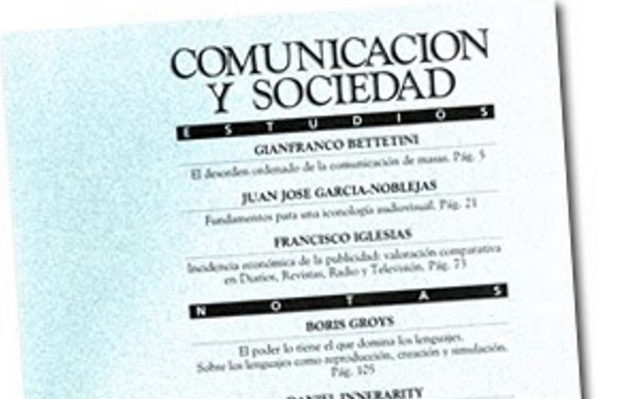
-
1988
department for Culture and Audiovisual Communication
The use of audiovisual technology gave rise in 1988 to the department of Culture and Audiovisual Communication (DCCA) of the School, with a view to the implementation of a future licentiate degree.
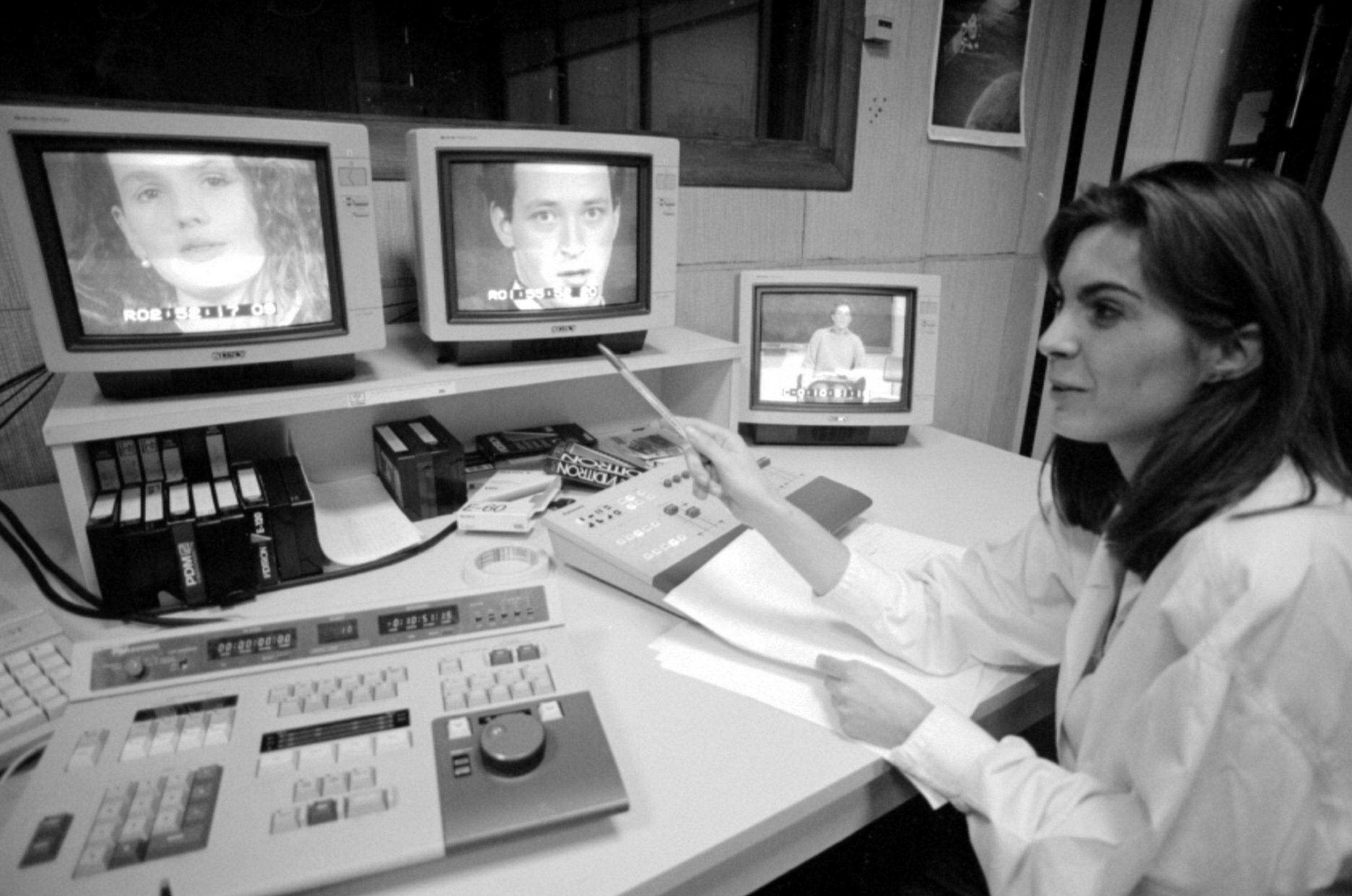
-
1989
Euroview
In 1989 Euroview, the film and television production company of School, was born as a small production studio at Central, in the "technological" area of the building, next to the radio and television studio. It was the initiative of Juan José García Noblejas.
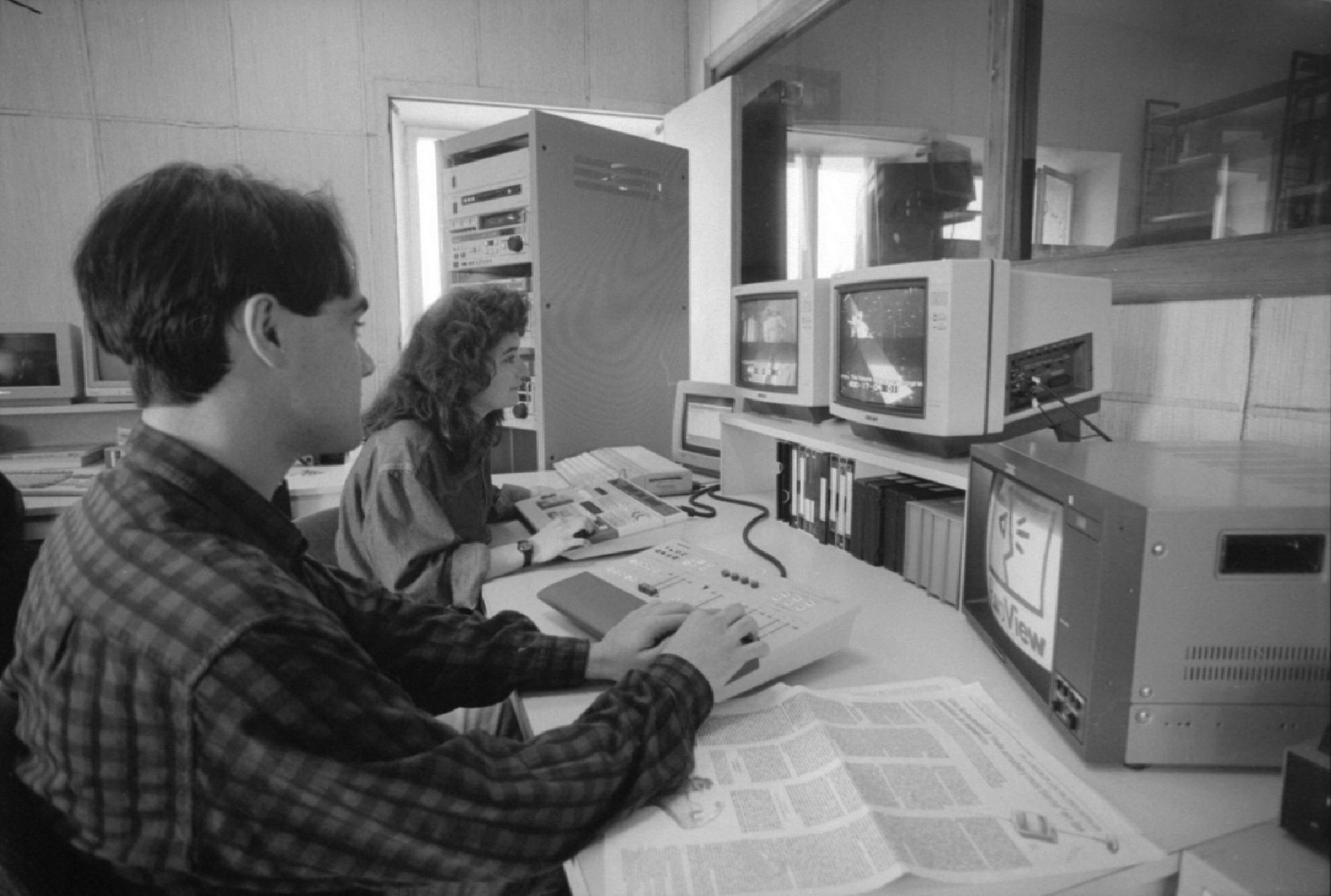
-
1990
department of Public Communication
In 1990, in some offices of the old Main Library Building, today Ismael Sánchez Bella Building, was housed the department of Public Communication of the School, as we know it today, under the direction of Esteban López-Escobar.
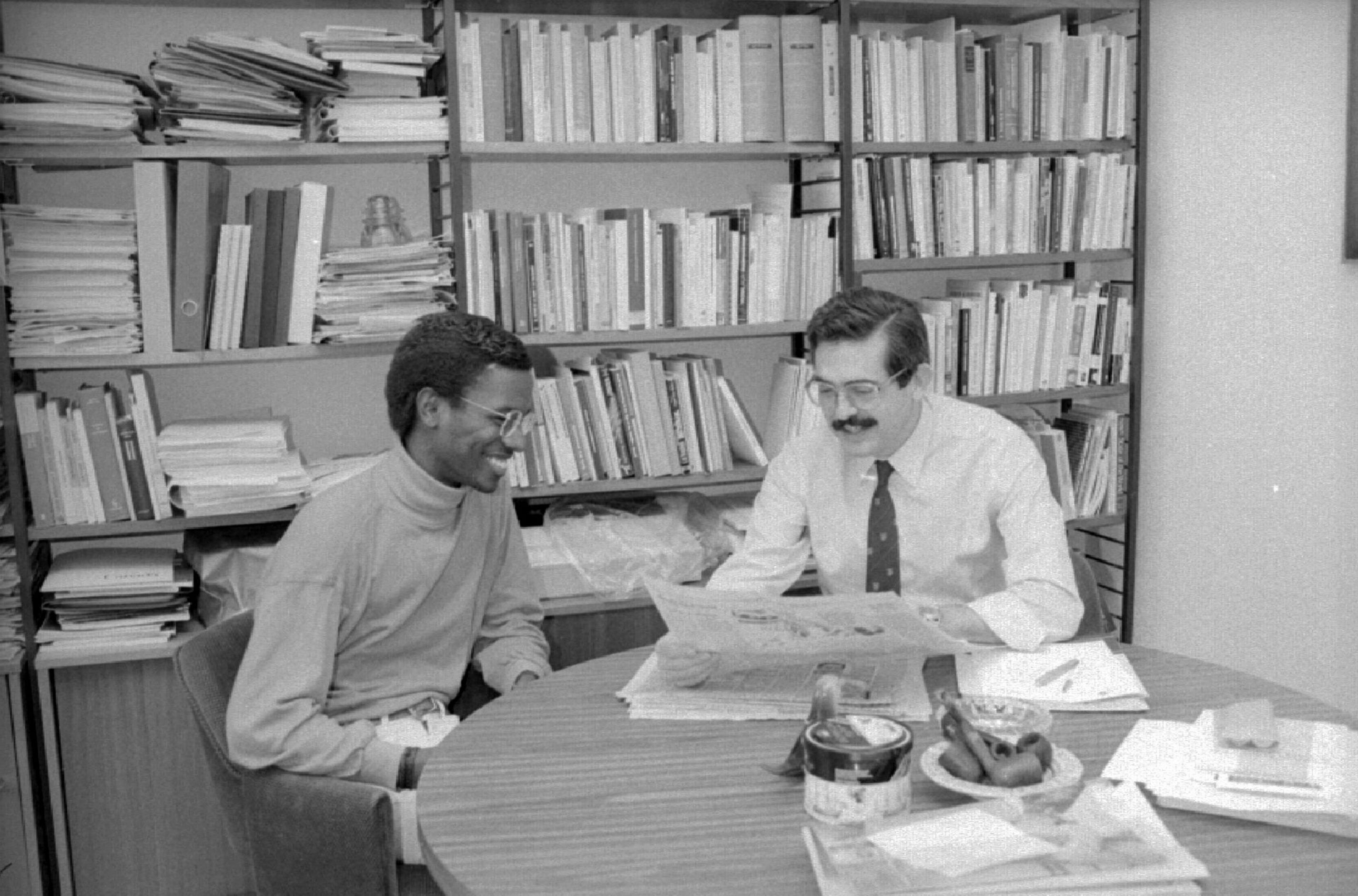
-
1992
Sports Journalism
In 1992, a magical year for Spanish sport, the School launched the specialist program in Sports Journalism.
In addition, after a agreement with IBM, the School created the official newspaper of the Barcelona Olympic Games.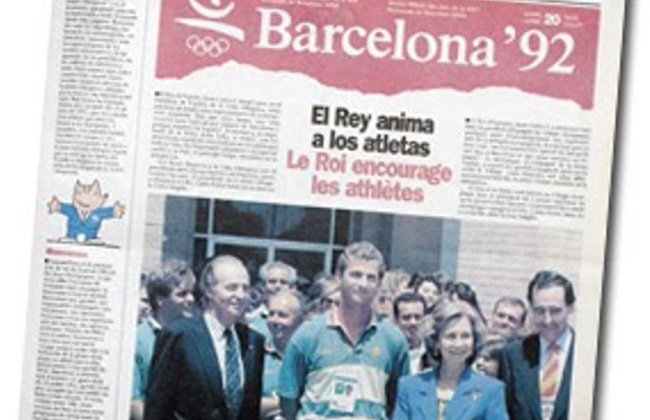
-
1992
New qualifications
programs of study In 1992, two new programs were launched at School in addition to the Journalism program: Audiovisual Communication and advertising and Public Relations. The three degrees had two common years and two years of specialization.
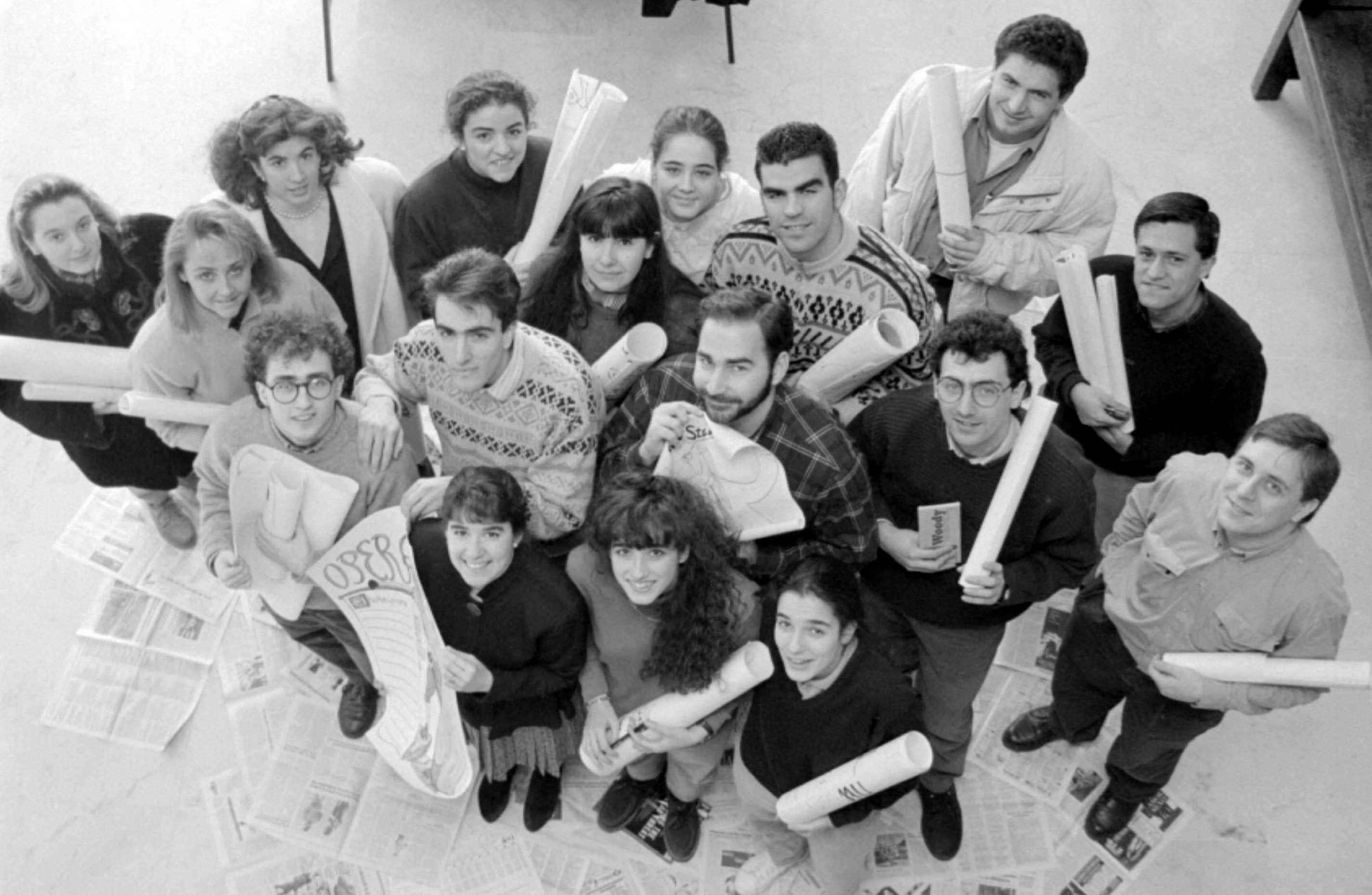
-
1992/93
department of Journalism
In the academic year 92/93, the department of Language and Documentation, born in the 80s, adopted the name of department de average Projectsnow department of Journalism, to bring together the teaching and research of journalistic messages in the press.
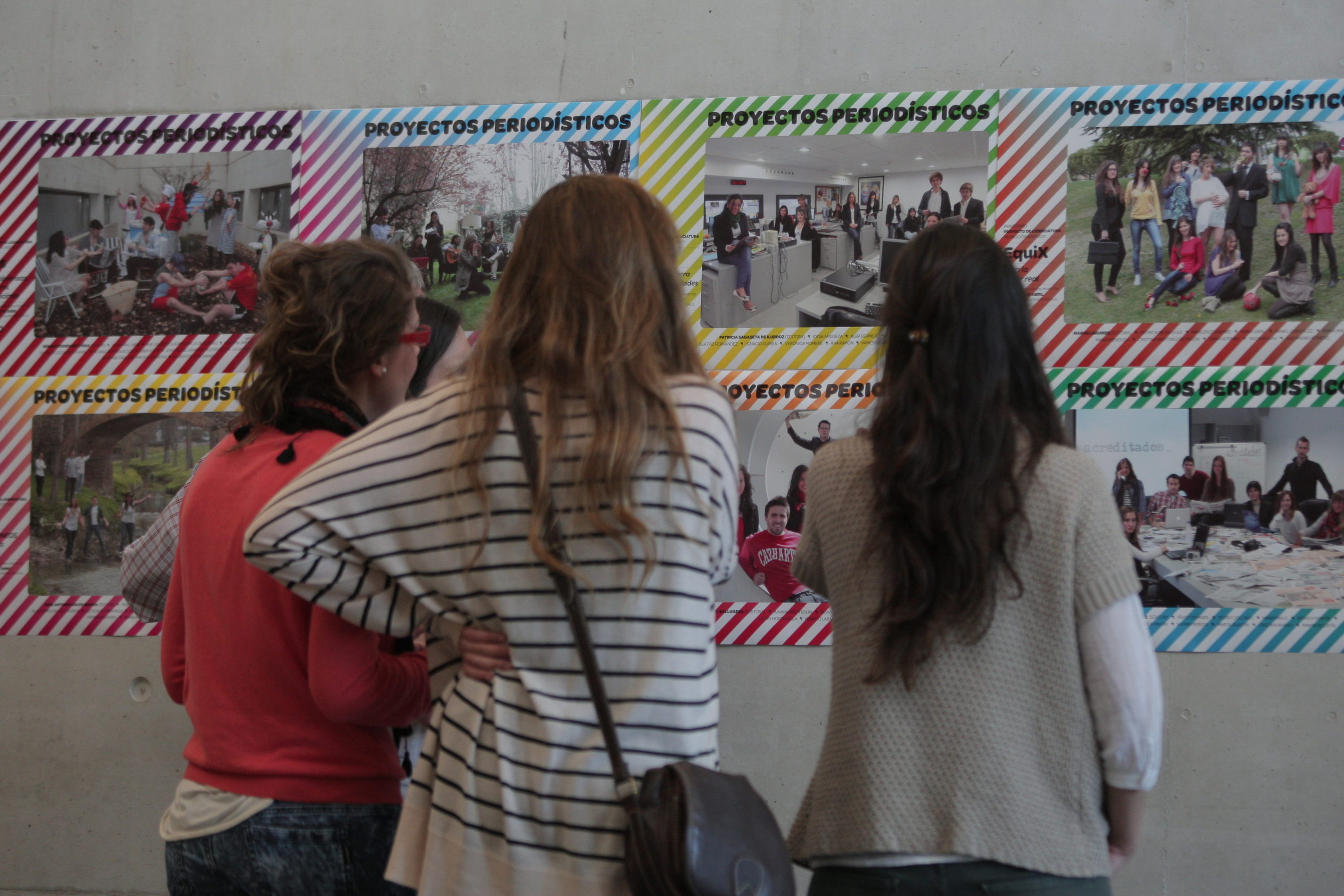
-
1993
Malofiej' Awards
In 1993 the School hosted, for the first time, the 'Malofiej' awards recognizing excellence in print and online infographics in media worldwide. It has also contributed to the exploration of new narrative forms in the press in many countries.
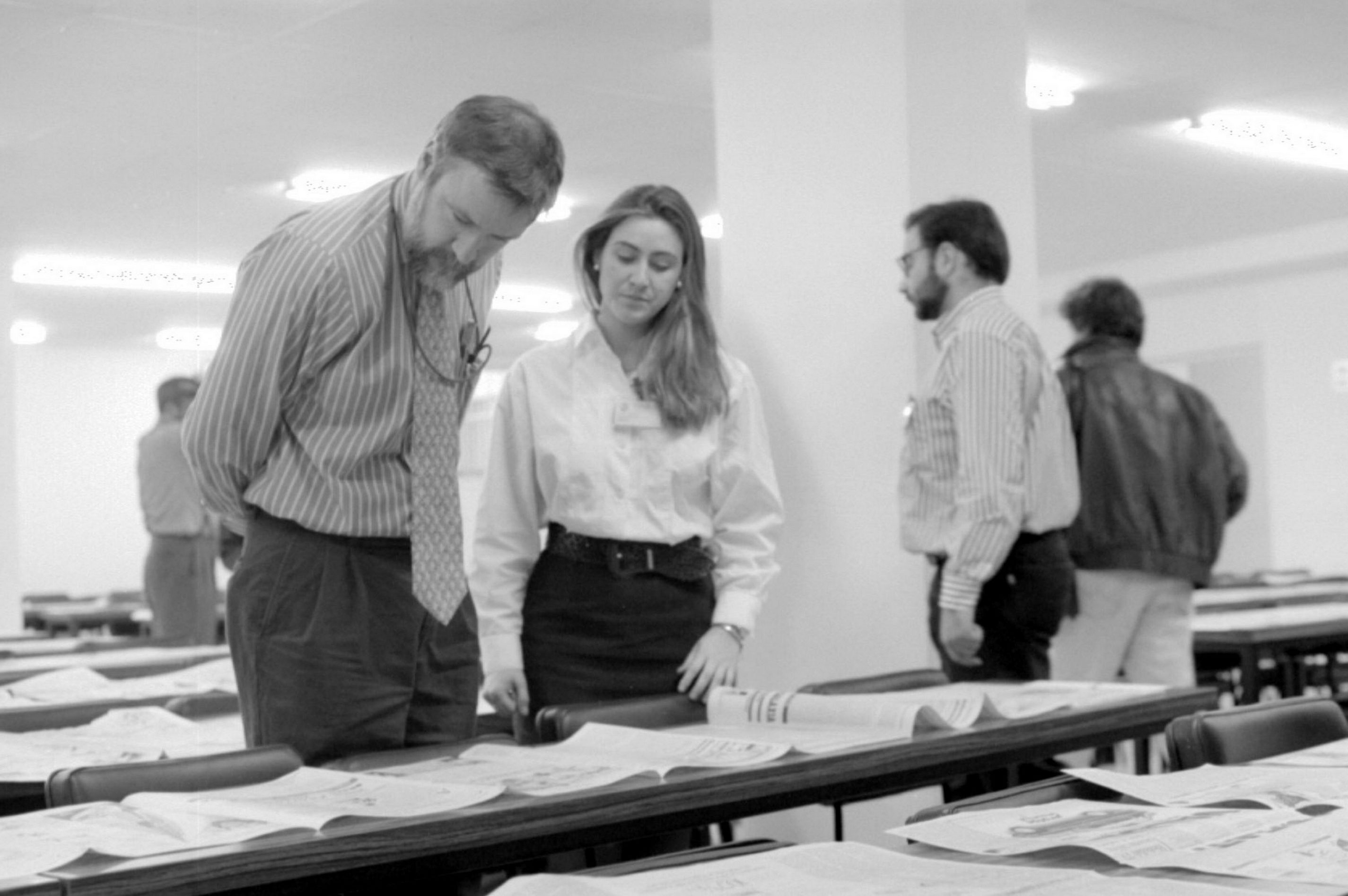
-
1995
MMLab
In 1995, coinciding with the first steps of the digital press, the School launched the laboratory Multimedia Communication (MMLab), which that same year promoted the first subject on online journalism offered by a Spanish university.
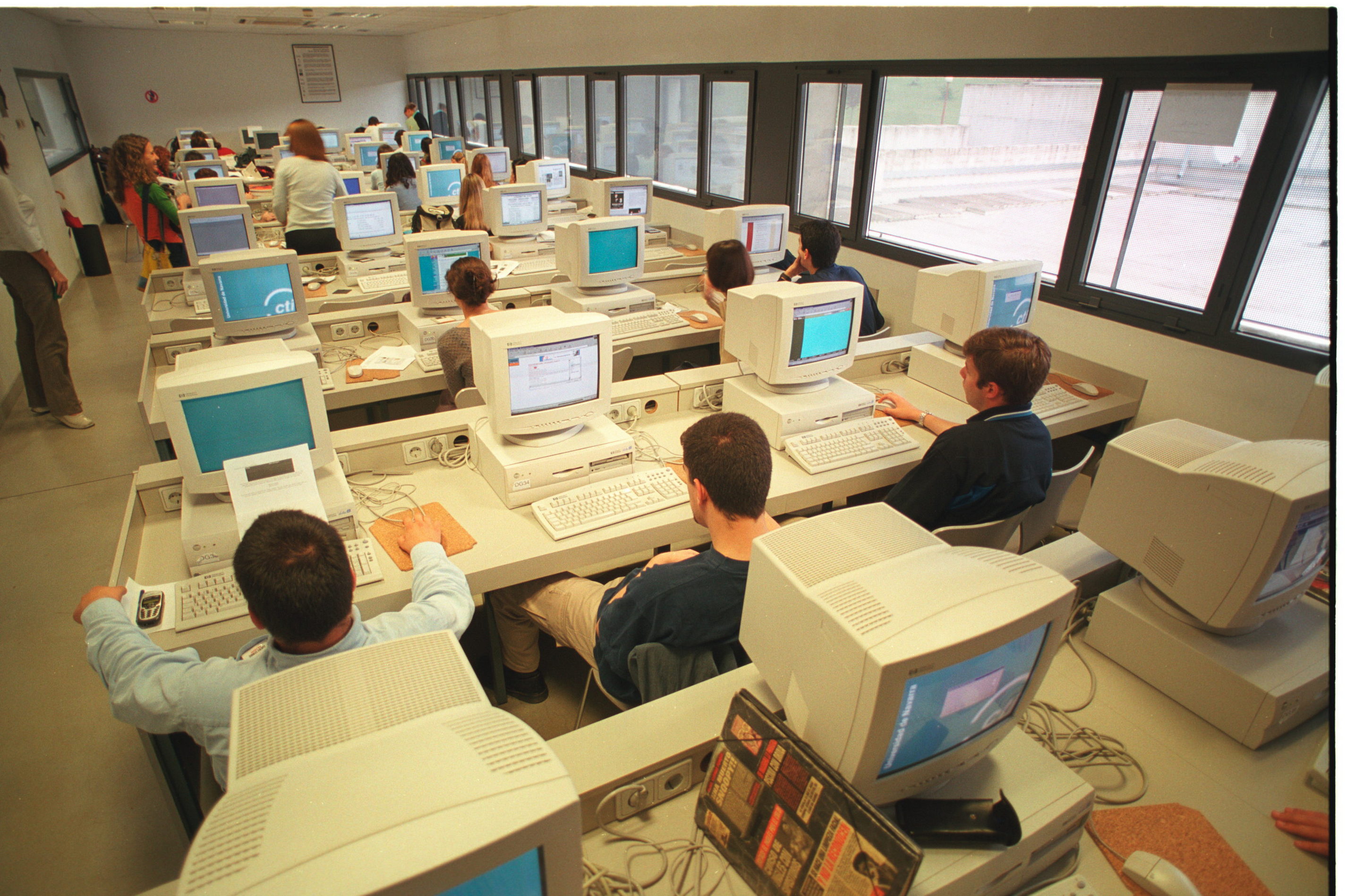
-
1996
Communication Building
In 1996, the current Communication building was inaugurated, a "habitable sculpture" in the words of its architect, Ignacio Vicens, "in which the color is provided by the students".
Until then, the School had been at Central Building.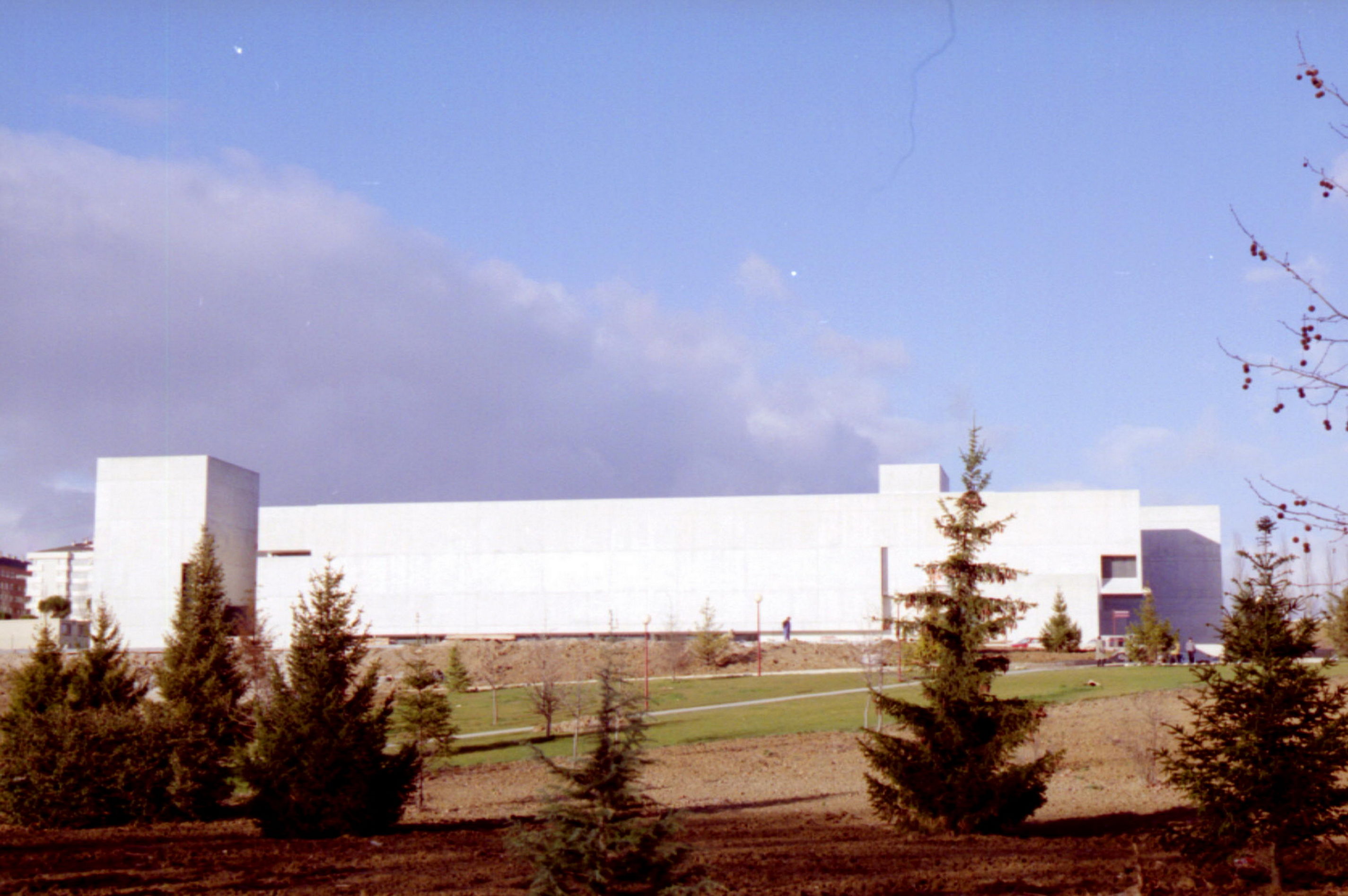
-
1996
Radio
In 1996 "Radio Universidad de Navarra" was founded, which in 1999 began its FM broadcasts. On September 29th , test began broadcasting. On October 6, at an event at School, the station was officially presented.
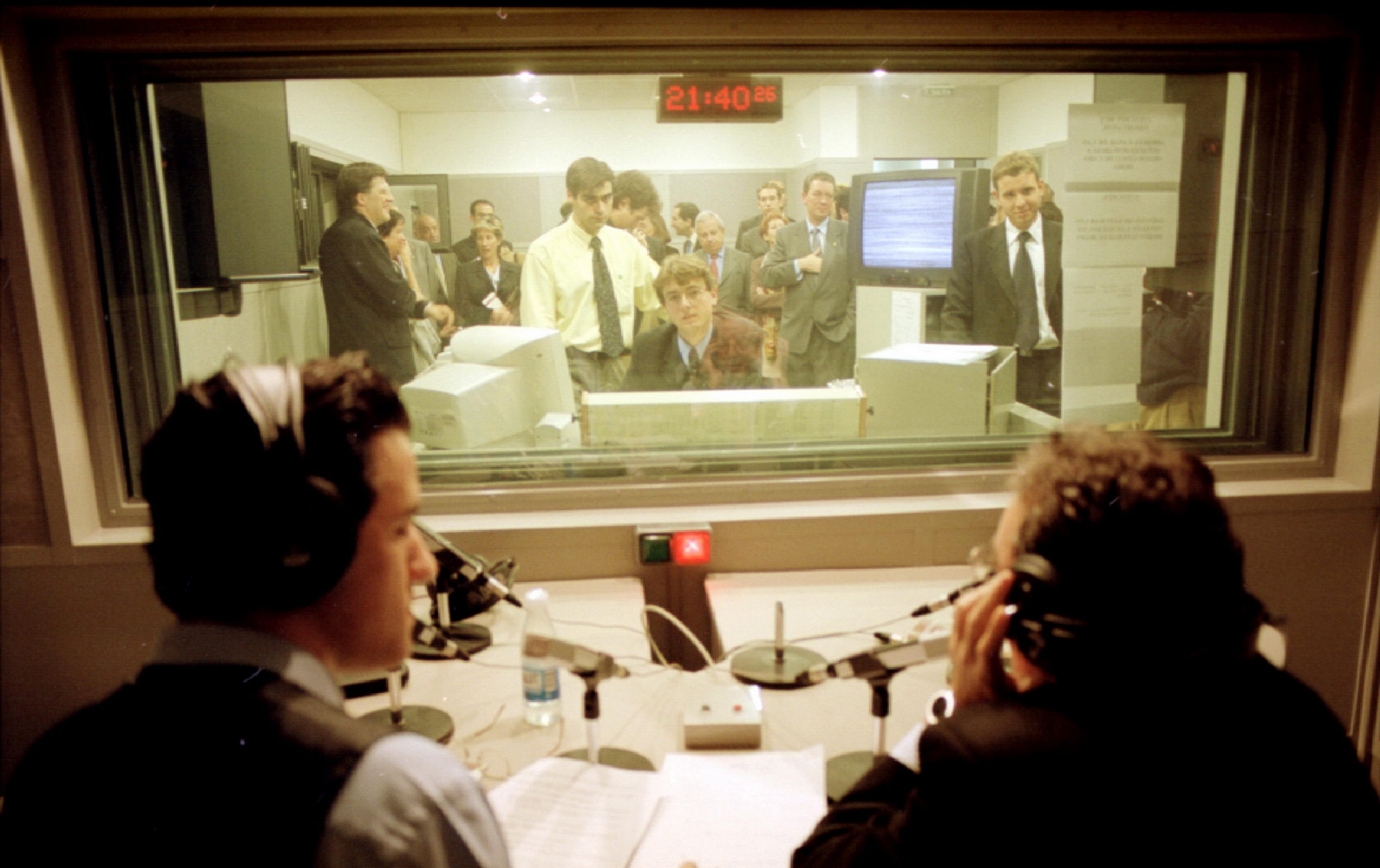
-
1996
Kino Awards
goal The Kino ("film" in German) Awards were established in 1996 by department for Culture and Audiovisual Communication to recognize the creative, artistic and technical achievements of students.
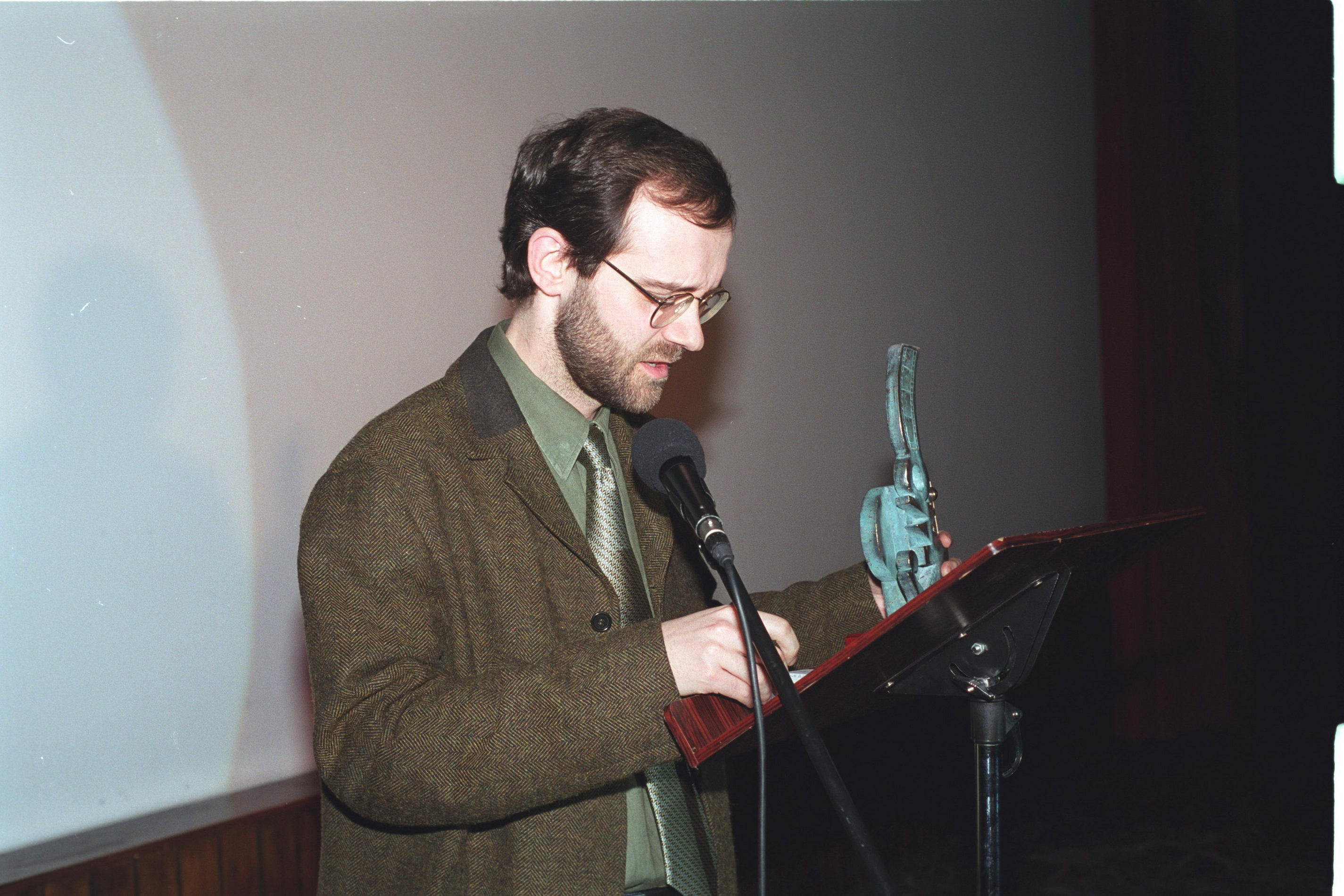
-
1997
award Brajnovic
The School of Communication created in 1997 the award Brajnovic, which is awarded to those communicators who have stood out for a professional career marked by the defense of freedom, human values and the dignity of people.
The award honors the figure and career of Mr. Luka Brajnovic, professor of more than thirty generations of journalists at the University and author of the first guide of Information Deontology in Spanish.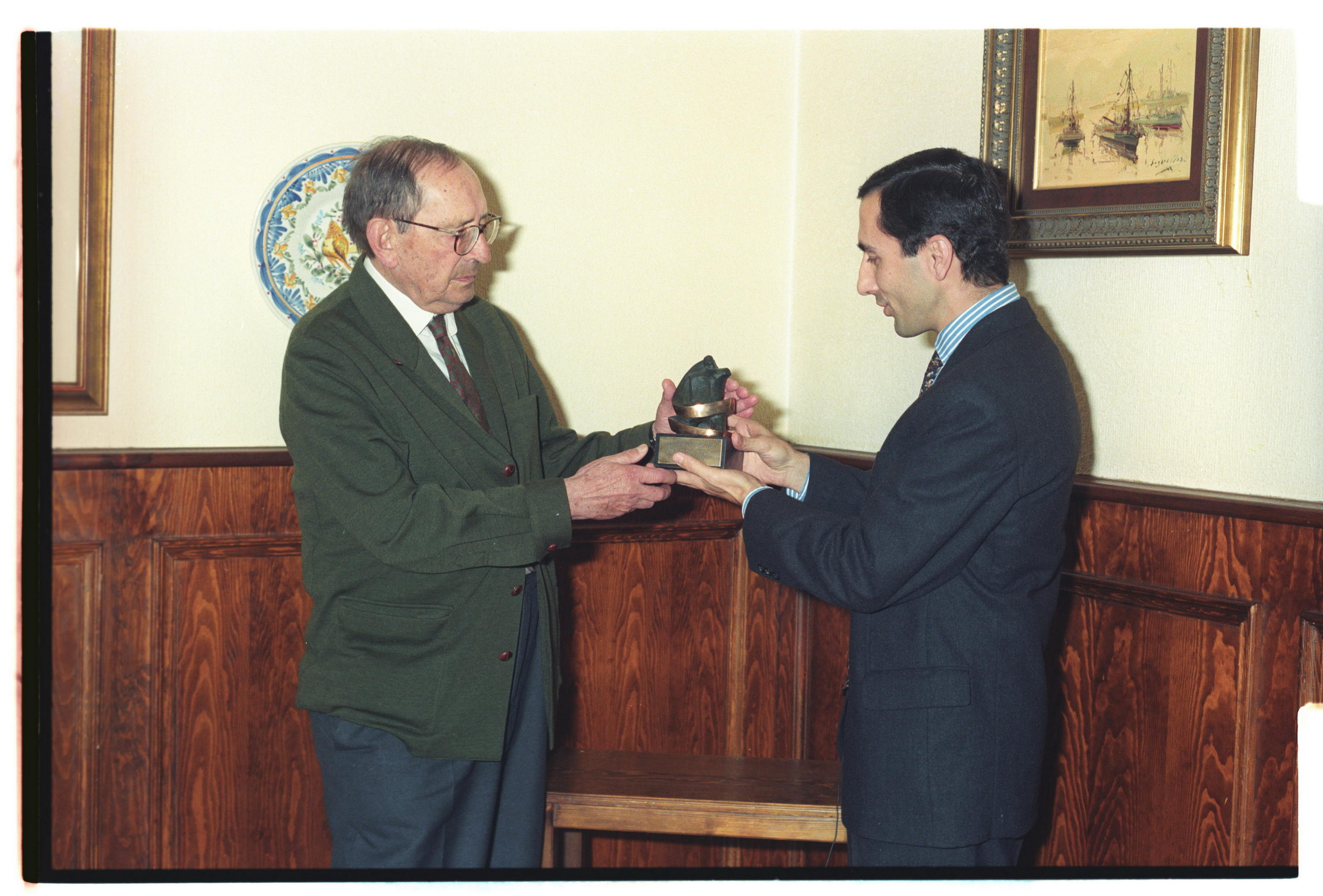
-
2000
Communication Perspectives
In November 2000, "Perspectivas del mundo de la comunicación" was born, a bimonthly publication of the School, whose goal was to offer alumni a quality periodical service for professional reflection and update .
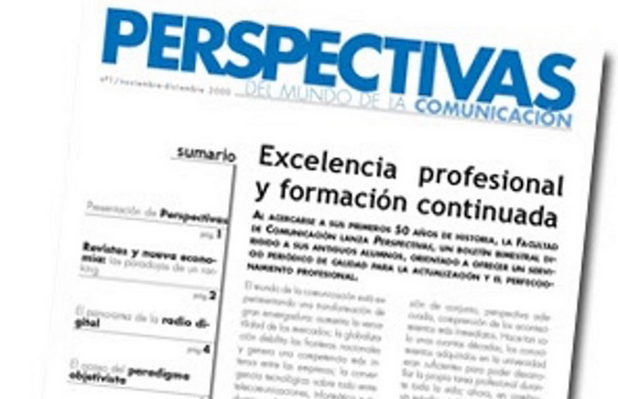
-
2002
Master's degrees
In 2001, the Master's Degree in management of Communication Companies was launched and in 2004, in cooperation with George Washington University, the Master's Degree in Political and Corporate Communication began to be offered.
In 2010, the School launched the Master's Degree in Audiovisual Screenwriting (no longer offered).
The professor offer of postgraduate program of the School was completed in 2018 with the Master's Degree in Corporate Reputation, which has been taught since its first edition at campus in Madrid.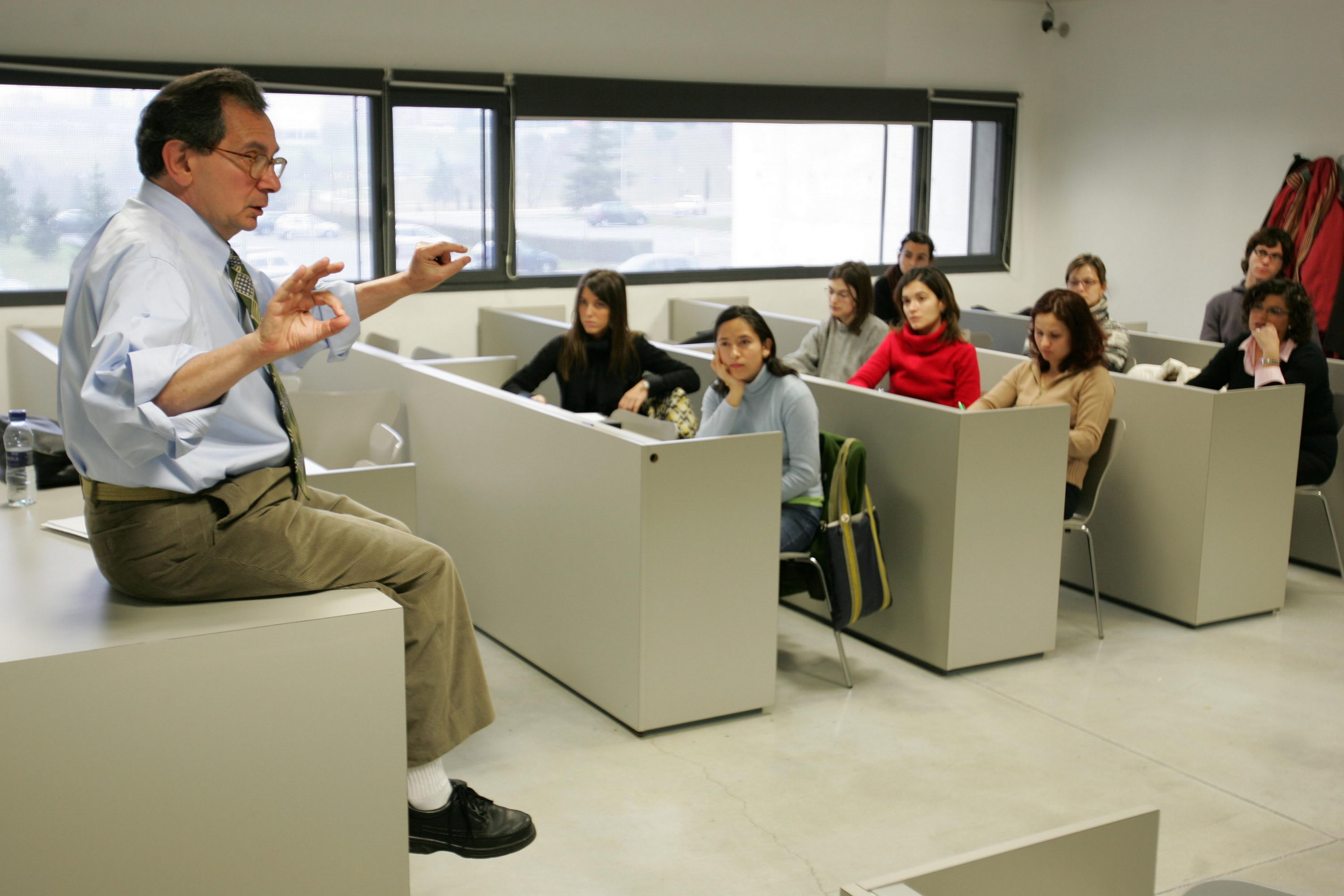
-
2002
Double degree program's
In 2002, School began to offer the possibility of double degrees Degrees together with Philosophy and Letters. In 2008, the first graduating classes of these double degrees were graduated.
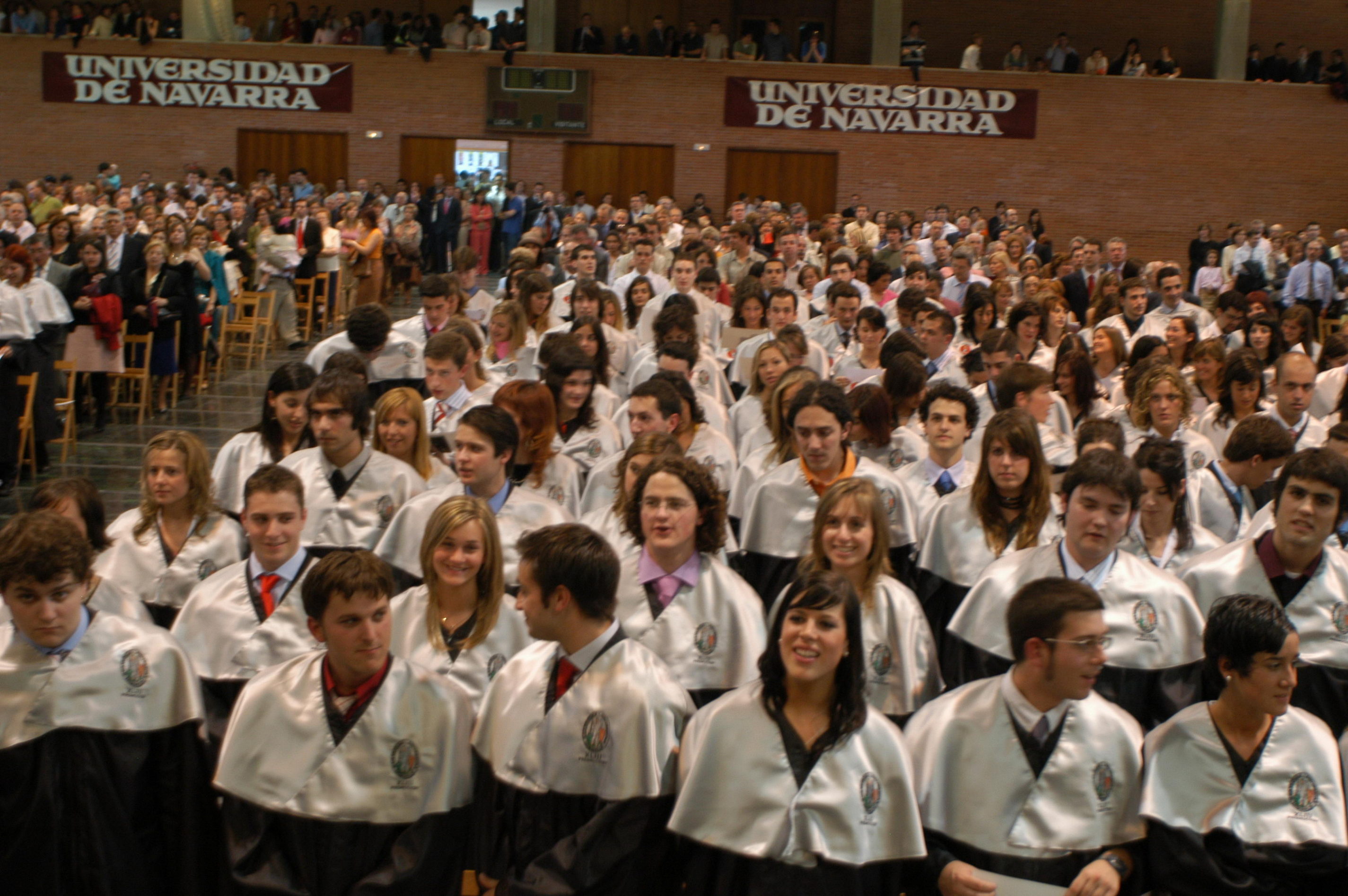
-
2004
50th anniversary of Nuestro Tiempo
In 2004 "Nuestro Tiempo", closely linked to the School since its beginnings, published its issue 600 and celebrated its 50th anniversary.
The first issue of the magazine, created by Antonio Fontán, had been published in July 1954.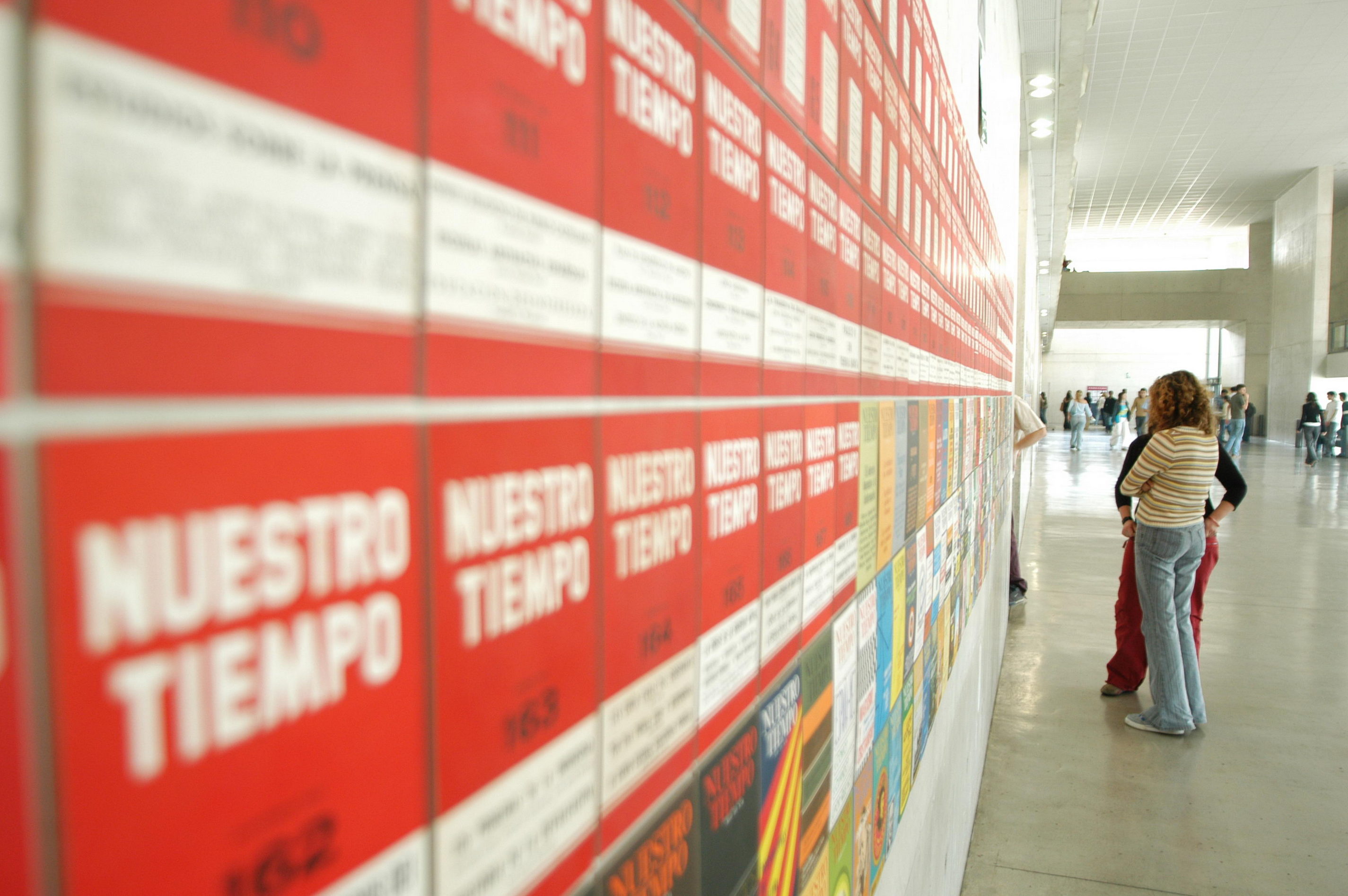
-
2013
Center for Internet Studies and Digital Life
The Center for Internet Studies and Digital Life (@digitalunav) was founded in 2013 with the mission statement to promote the research impact of digital activity on communication. Since then, it has hosted numerous 'fellow students' for research in the field of society and Digital Communication.
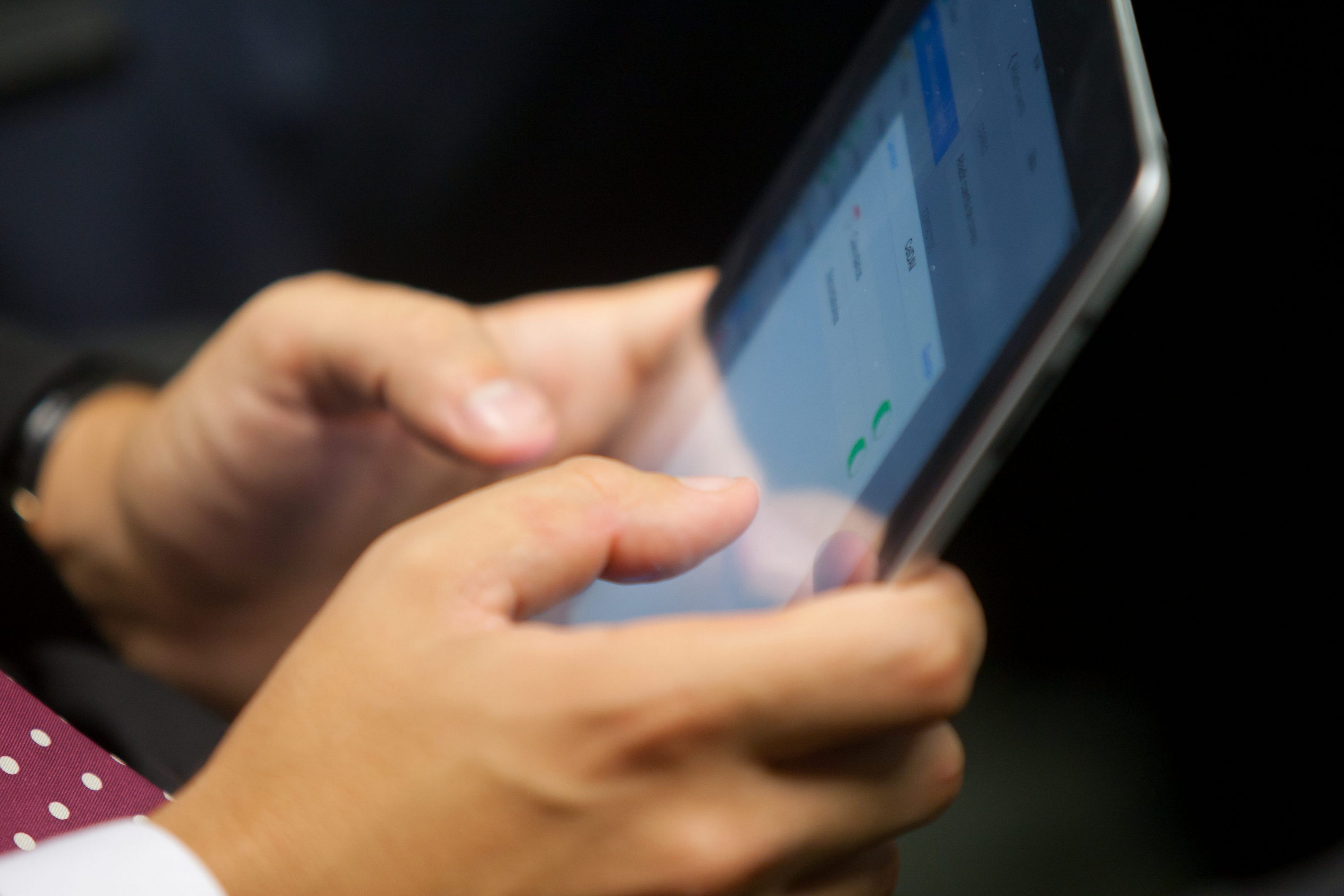
-
2014
Digital News Report
Since 2014, as a result of a agreement with the Reuters Institute of the University of Oxford, the School carries out every year the Digital News Report Spain, a report on the evolution of digital information consumption in our country.

-
2020
Degree in Marketing
In 2020, in the midst of the Covid-19 pandemic, the first graduating class of Degree in Marketing, which had taken the baton from advertising and Public Relations four years earlier, graduated.
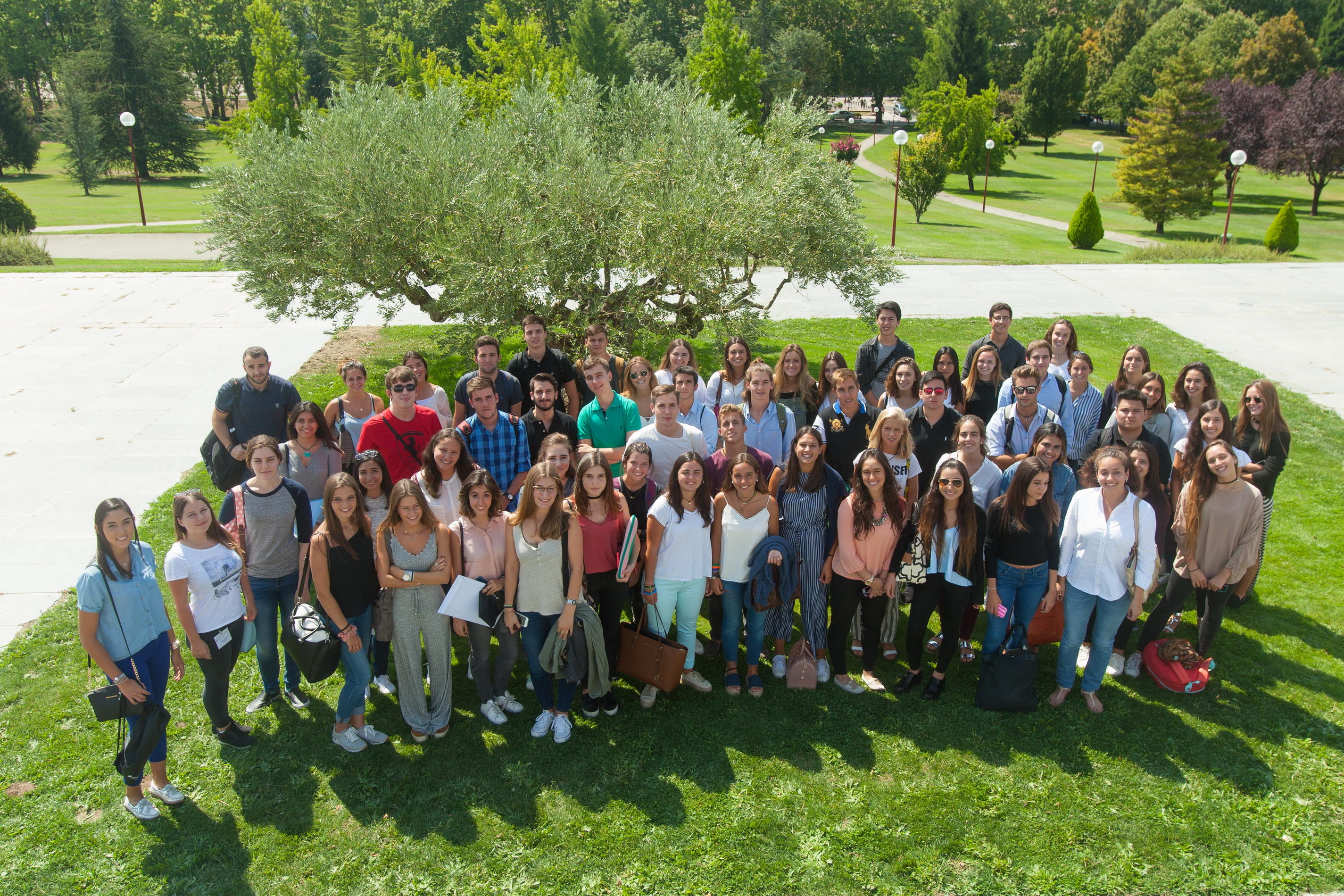
SOME OF THE PIONEERS OF THE SCHOOL
To think of the beginnings is to think of those who made them possible. The School of Communication was born in 1958 as high school of Journalism.
Antonio Fontán, who had joined the then Estudio General de Navarra in 1952, was the first director of the then high school. In 1962 he was succeeded by Ángel Benito. Francisco Gómez Antón, José Luis Martínez Albertos, Anton Wurster, Luka Brajnovic, Pablo José de Irazazabal and Gonzalo Redondo are another of the pioneers of the School.
When the high school became School, Alfonso Nieto, then director, became Dean: the first Dean of the School. With him came other pioneers such as Miguel Urabayen, Juan José García Noblejas, Rafa Alcaine, Ángel Faus, Esteban López-Escobar, José Tallón, Carlos Soria, Juan Antonio Giner, José Antonio Vidal-Quadras, Pedro Lozano Bartolozzi and Manuel Casado .
Along with these professors, we should also mention as pioneers Aires Vaz, who was secretary from 1976 to 1998, or the sisters Marisol and Maite Martínez.
* Click on the image to learn more about the pioneers of the School
Antonio Fontán
Antonio Fontán, Full Professor of Latin at the University of Granada and director in Madrid of "La Actualidad Española", assumed the direction of high school of Journalism (today, School of Communication) in 1958.
He had joined the then Estudio General de Navarra in 1952.
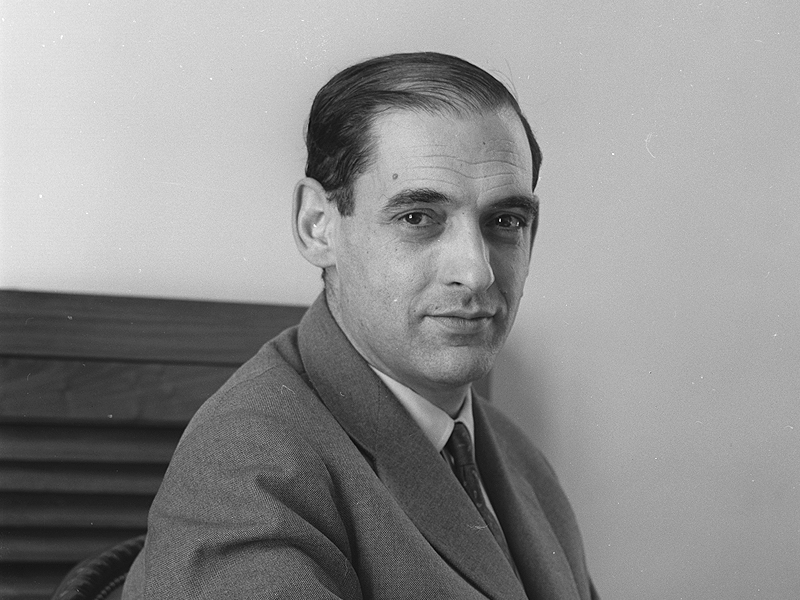
Angel Benito
Ángel Benito was professor of "essay journalism" at School from its beginnings in 1958 until 1972, when he moved to Complutense University. Over time, he developed the General Theory of Information, of which he was Full Professor. He was Deputy Director of the then high school of Journalism, together with Antonio Fontán whom he succeeded as director between 1962 and 1968.
He was also director of Nuestro Tiempo between 1966 and 1972.

Francisco Gómez Antón
Francisco Gómez Antón arrived at the Estudio General de Navarra in 1956, coming from the University of Santiago de Compostela, as a professor at the then School of Law. Two years later he joined School where he remained until his retirement in 2000.
He was one of the driving forces behind the PGLA (Program for Latin American Graduates), of which he was its director since 1979.
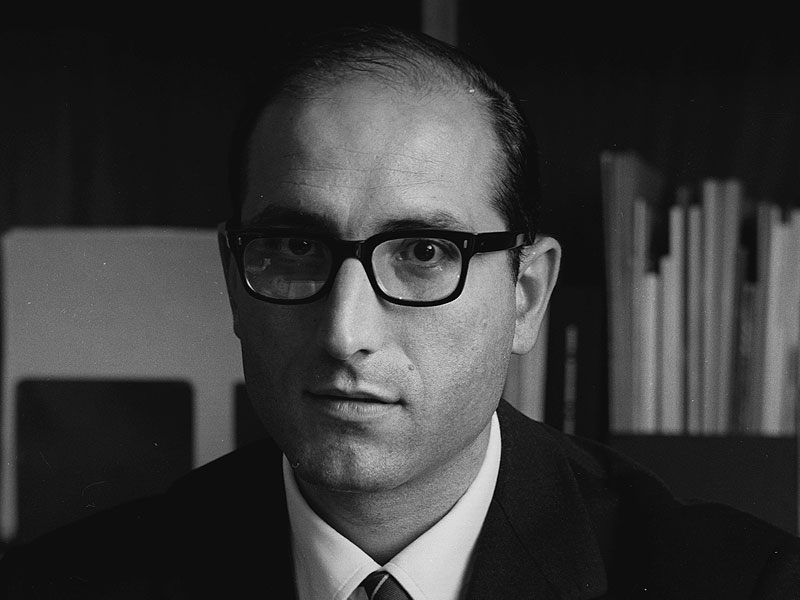
José Luis Martínez Albertos
José Luis Martínez Albertos, a journalist with a long professional career in the media, was the first secretary of School. He taught the subject of "essay Periodística". Antonio Fontán handed over the management of Nuestro Tiempo to him in 1962. He was its director for eleven months.
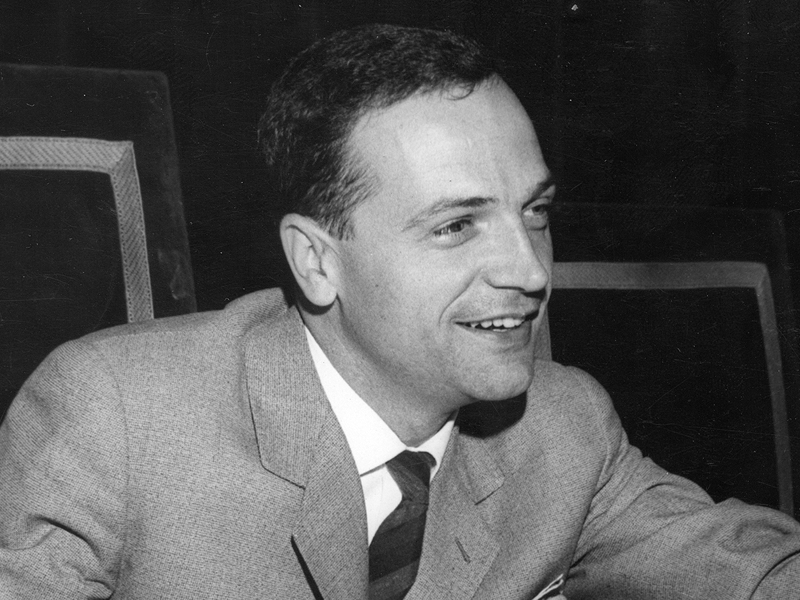
Anton Wurster
Croatian Anton Wurster joined School in 1960 as a professor of "Sociology of Information" and "Public Relations". He taught the first three classes of students. After his death in 1961, he was replaced by Luka Brajnovic.
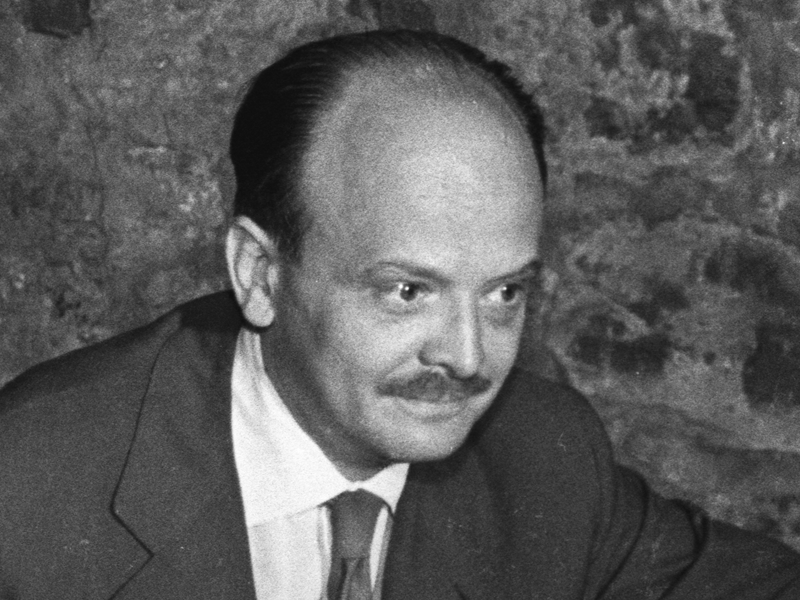
Luka Brajnovic
Luka Brajnovic, also Croatian, joined School after the death of his friend Anton Wurster in 1961.
He taught more than 30 generations of journalists and was the author of the first guide of Journalistic Deontology in Spanish.
The School created in 1997 the award Brajnovic in his honor, to recognize those communicators who stand out for a professional career marked by the defense of freedom, human values and the dignity of people.
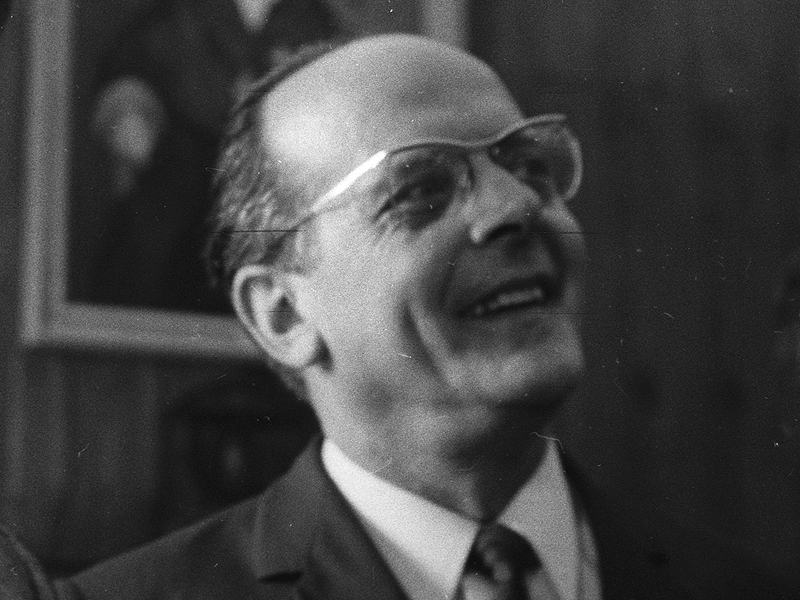
Pablo José de Irazazabal
Another of Antonio Fontán's professors was Pablo José de Irazazabal. He was the one who started at School the tradition of visiting media in Madrid with students: what is now known as #FCOMtour.
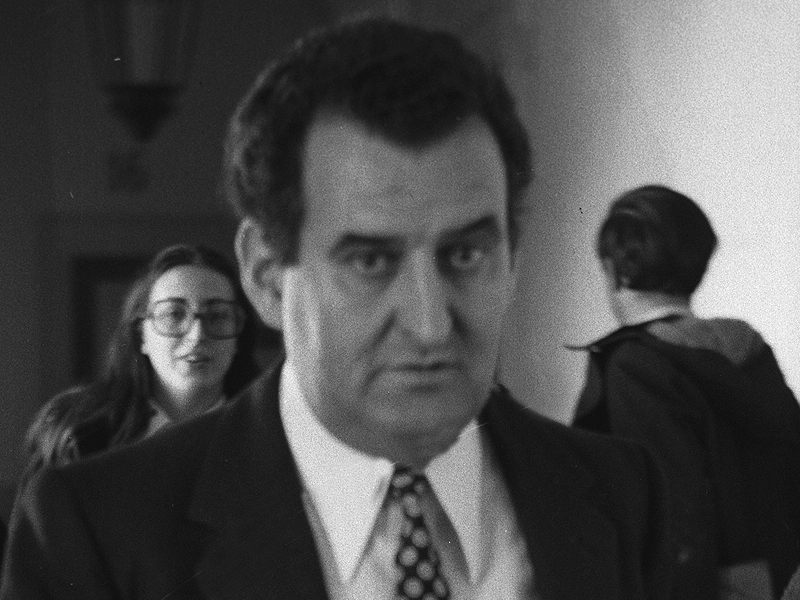
Gonzalo Redondo
Gonzalo Redondo, historian and journalist, joined the University in 1965 to teach at the then Institute of Journalism. He taught there for almost forty years.
For more than twenty years he directed a permanent seminar dedicated to the analysis and historical discussion of the Spanish twentieth century, in which professors and doctoral students from several Schools participated.
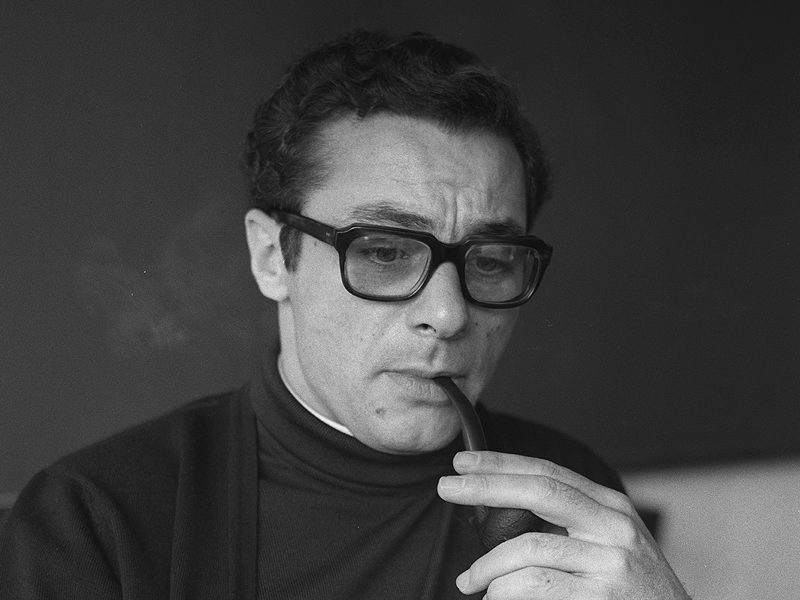
Alfonso Nieto
Alfonso Nieto joined the faculty of School in 1966. In January 1968 he replaced Ángel Benito as director. When the Journalism high school became School, he became its first Dean.
He was the first Full Professor of business Informativa and promoted the implementation of the programs of study university Journalism courses in Spain.
Between 1979 and 1991 he was President of the University.
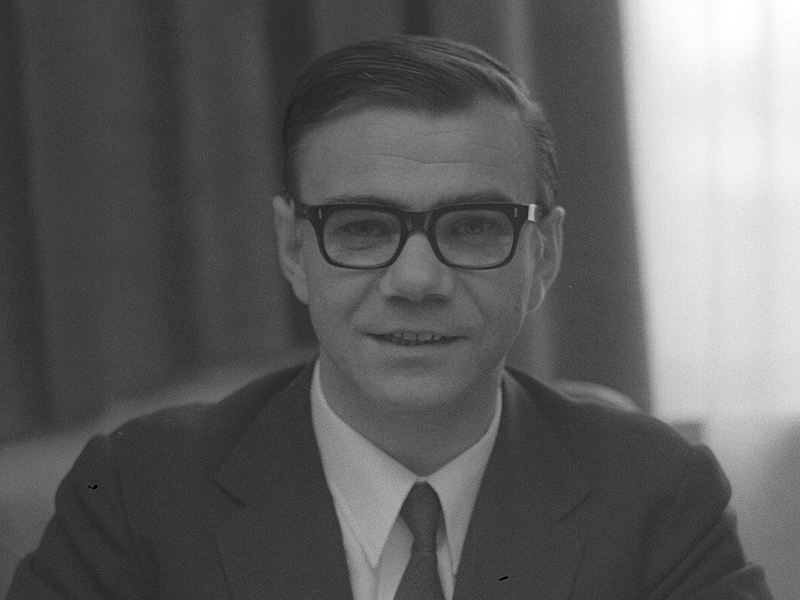
Miguel Urabayen
Miguel Urabayen was a professor at School from 1970 until his retirement in 1997. He was a precursor of visual journalism, which was incorporated by his hand at Study program with the subject "Cultura de la imagen periodística".
He was one of the promoters of the Malofiej Infographics Awards.
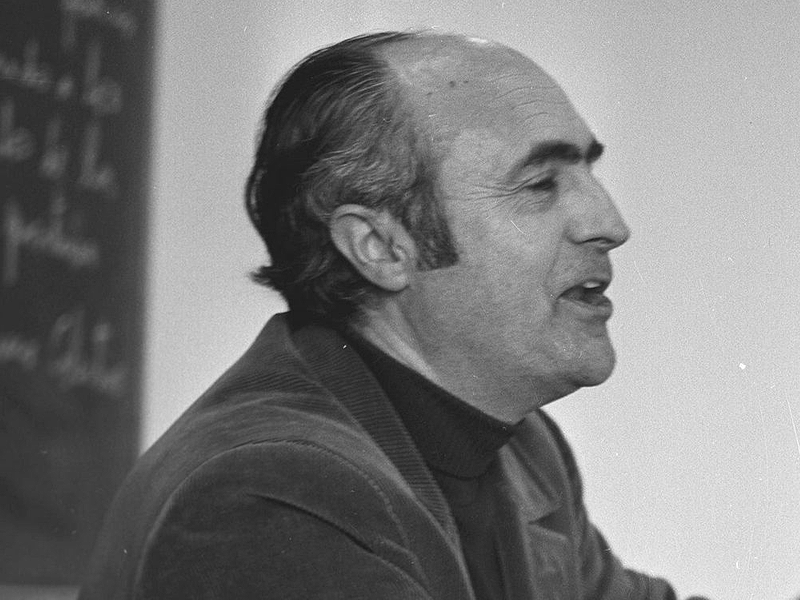
Juan José García Noblejas
Juan José García Noblejas joined School in 1970. He taught the subjects "Epistemology of Communication" and "Writing for Film and Television". Together with Rafa Alcaine, he set up the first television studio at School (in 1972). In 1989 he promoted the creation of Euroview.
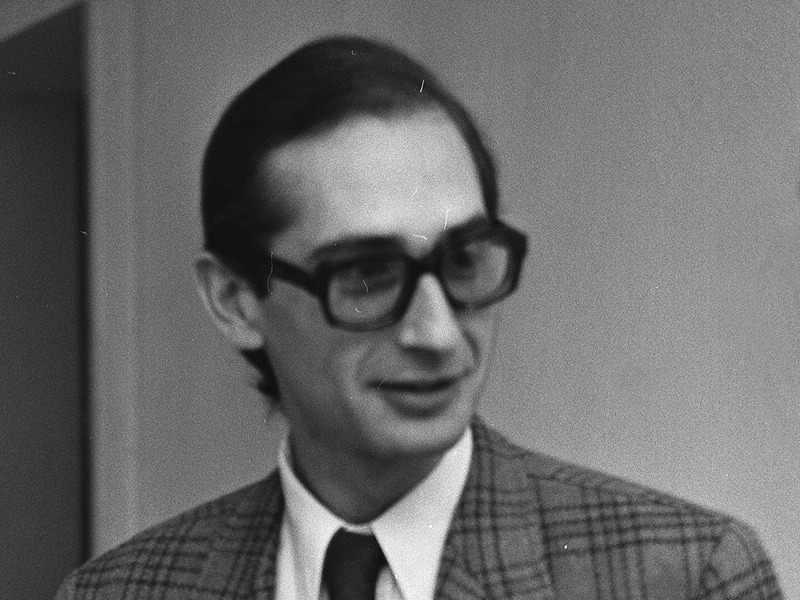
Rafa Alcaine
Rafa Alcaine joined School in 1972. Together with Juan José García Noblejas, he set up the first television studio at School. The two of them, together with Ángel Faus, headed the DCCA (department de Cultura y Comunicación Audiovisual), which was created in 1986.
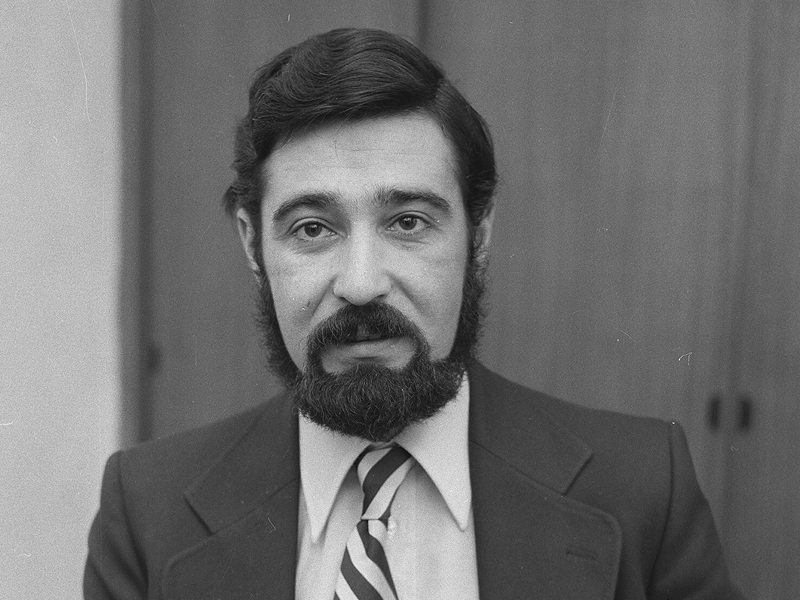
Angel Faus
Ángel Faus was the teacher of dozens of graduating classes of students at School and set the instructions of his radio and television teachings.
On March 10, 1979, he became the first doctor in Information Sciences in Spain when he defended his doctoral thesis , entitled "La tecnología en la información televisiva", directed by Full Professor Alfonso Nieto.
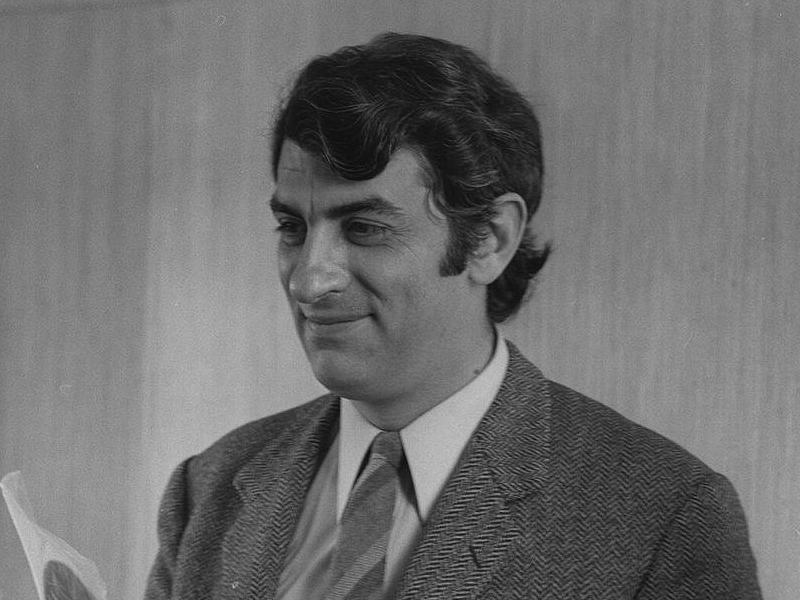
Esteban López Escobar
At the suggestion of Alfonso Nieto, Esteban López-Escobar attended the "I Curso de Periodismo y cuestiones de actualidad", a preamble to high school of Journalism. Already graduate in Law, from the University of Seville, he returned to Pamplona as a professor. After earning his doctorate, he joined School in 1972.
He was director of Nuestro Tiempo between 1974 and 1979.
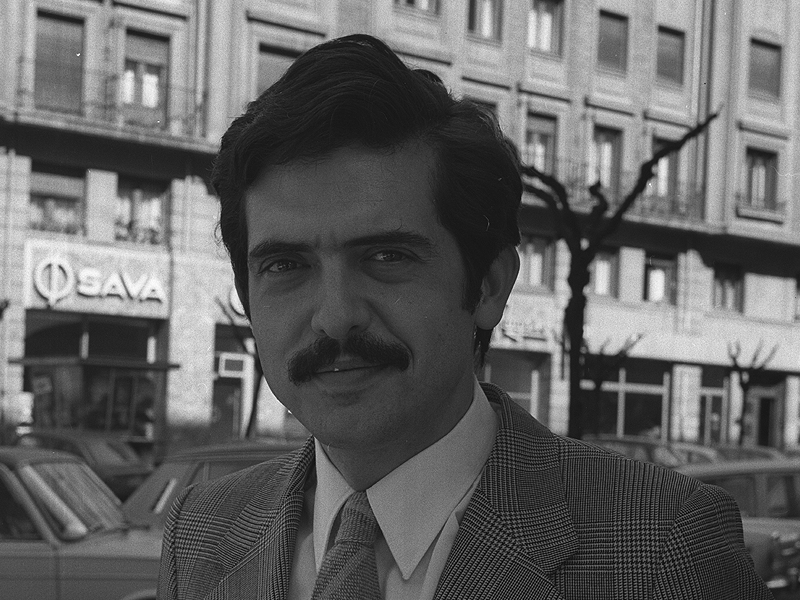
José Tallón
José Tallón was the first director of the PGLA (Program for Latin American Graduates), created in 1972. He had been on the faculty for three years. In 1973 he replaced Luka Brajnovic in the position of Associate Dean of the School.
In the early 1980's he became Chair at the Complutense University.
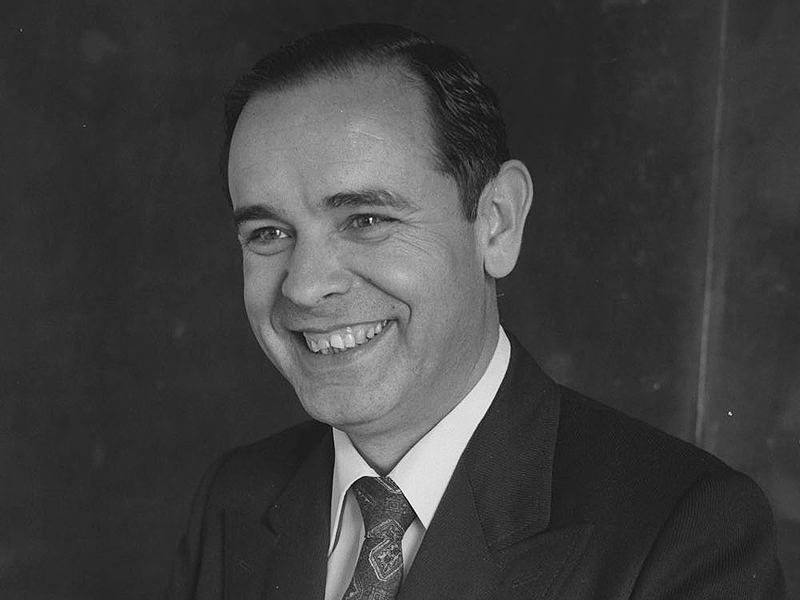
Aires Vaz
On January 30, 1976, Aires Vaz replaced José Martínez Echalar as secretary of School. He remained so until 1998. He was the first General Manager of the magazine "Sociedad y Comunicación", created in 1988.
After leaving School he started working at Alumni.
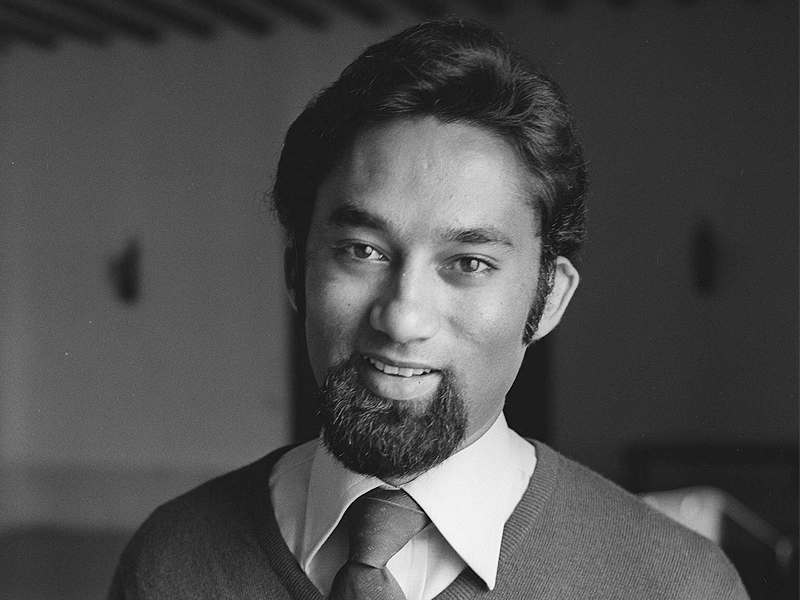
Carlos Soria
Carlos Soria studied Law and began his degree program as a professor at the Complutense University. He later studied Journalism. Before joining School he was a delegate of the Europa Press agency. For many years he was a professor of "Information Law and Ethics".
He was Dean of the School between 1975 and 1984.
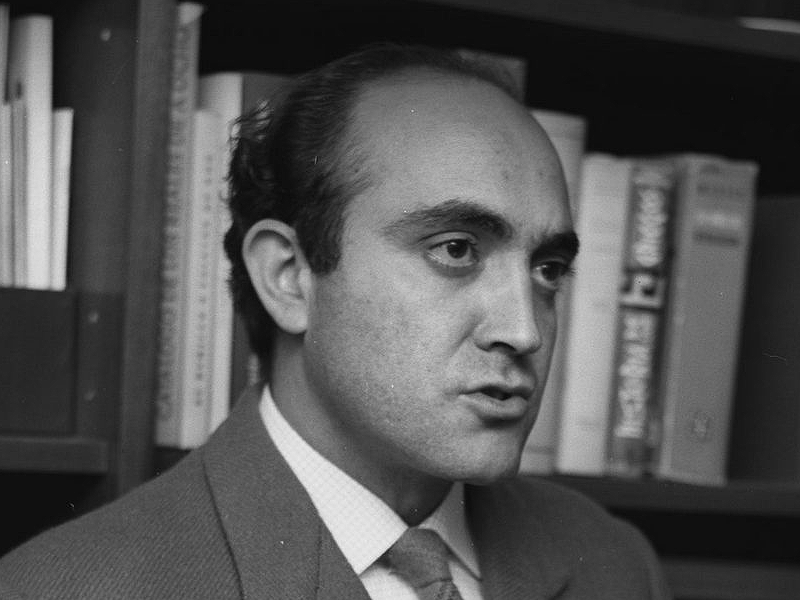
Juan Antonio Giner
Juan Antonio Giner was a professor of "average Projects"and Associate Dean of the School. Together with Carlos Soria and Francisco Gómez Antón, he founded the consulting firm 'Innovation average Consulting'.

José Antonio Vidal-Quadras
After twenty-five years in the profession, in 1984, José Antonio Vidal-Quadras joined School as professor of "essay Periodística".
He received his doctorate with a thesis entitled 'José Ortiz-Echagüe: photographer (1886-1890)', directed by Gonzalo Redondo.
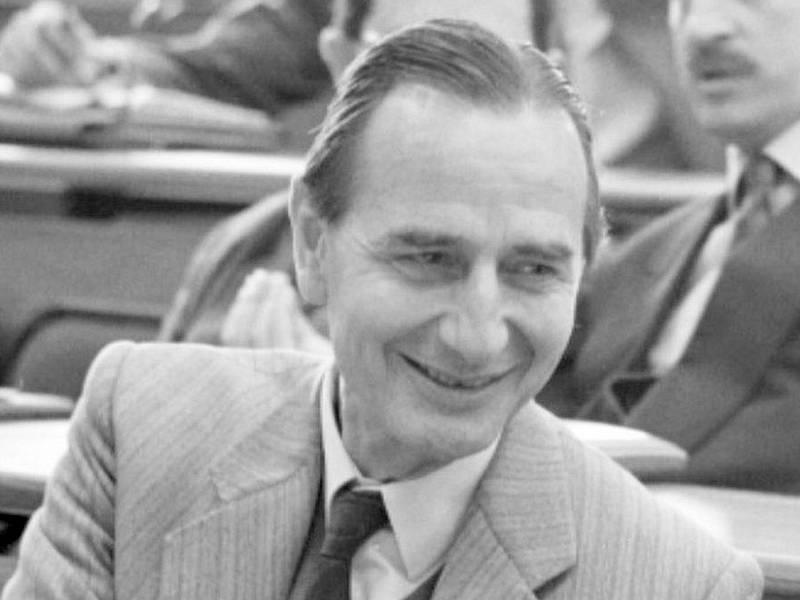
Pedro Lozano Bartolozzi
Pedro Lozano Bartolozzi was a professor at School for forty years, until his retirement in 2010, a dedication he combined with journalism and writing.
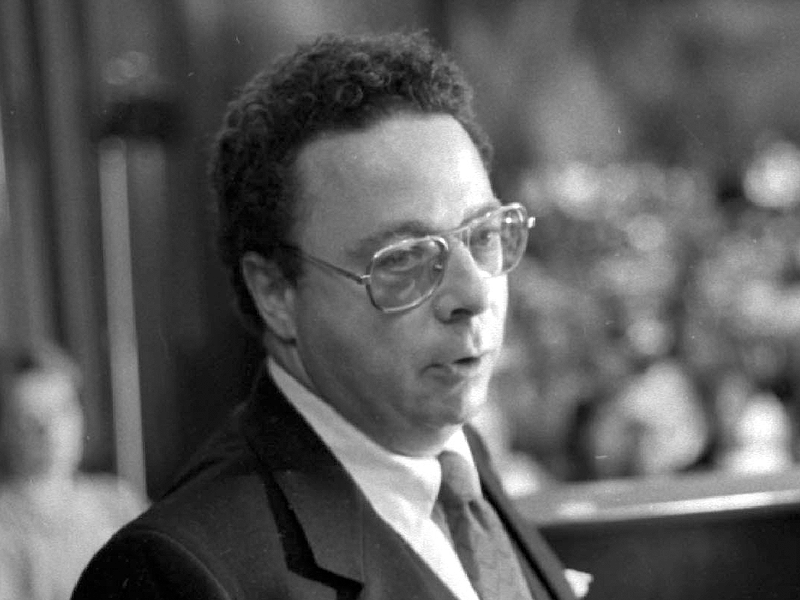
Manuel Casado
Manuel Casado joined School in 1976 as professor of "language". A year later he was appointed director of programs of study, replacing Francisco Iglesias. In 1984, he replaced Carlos Soria as Dean.
